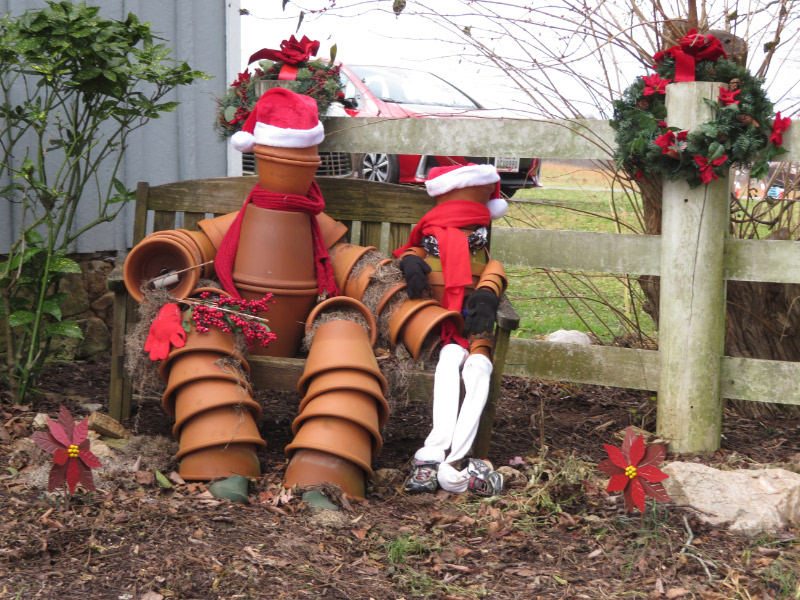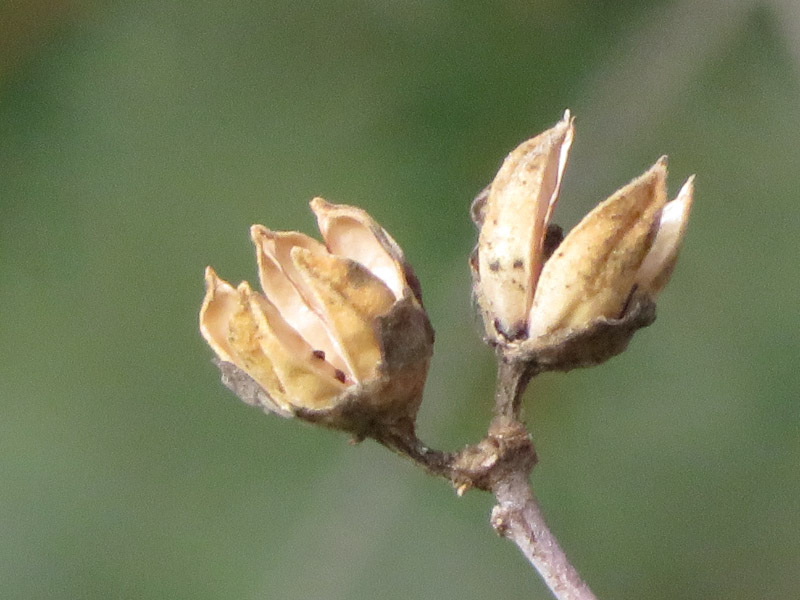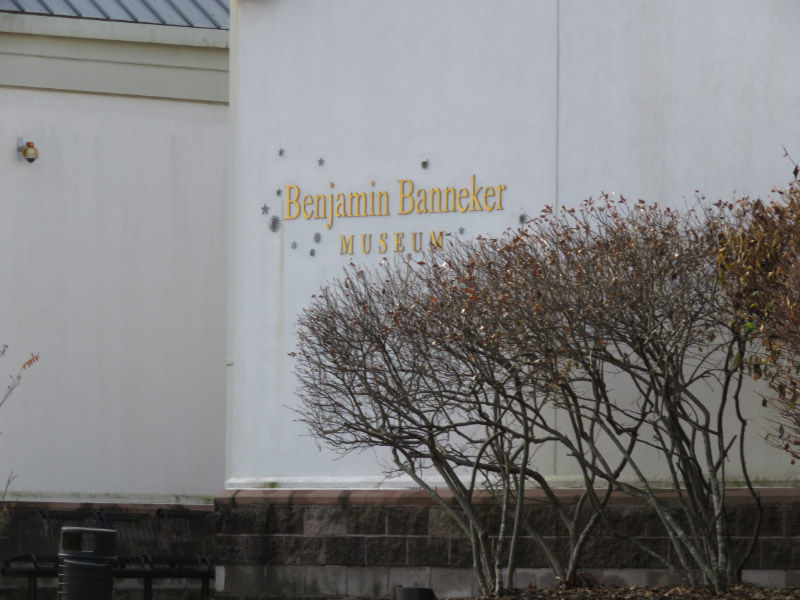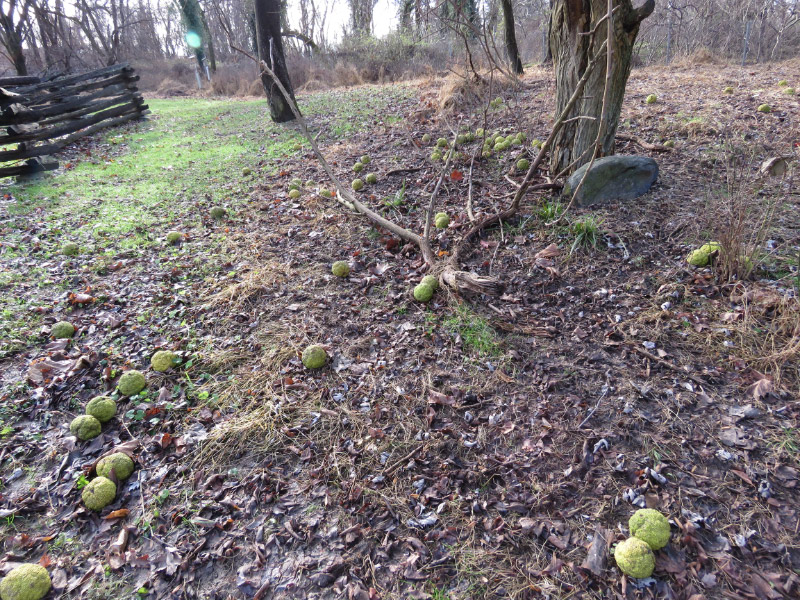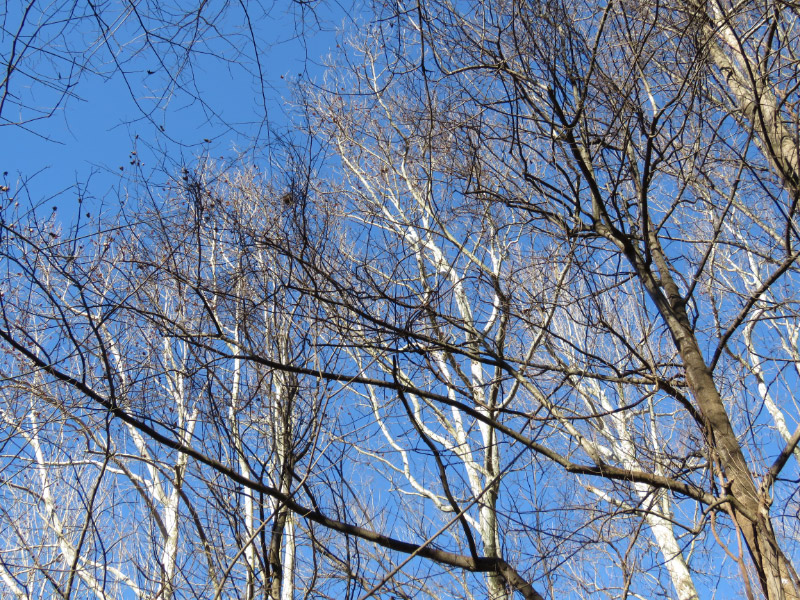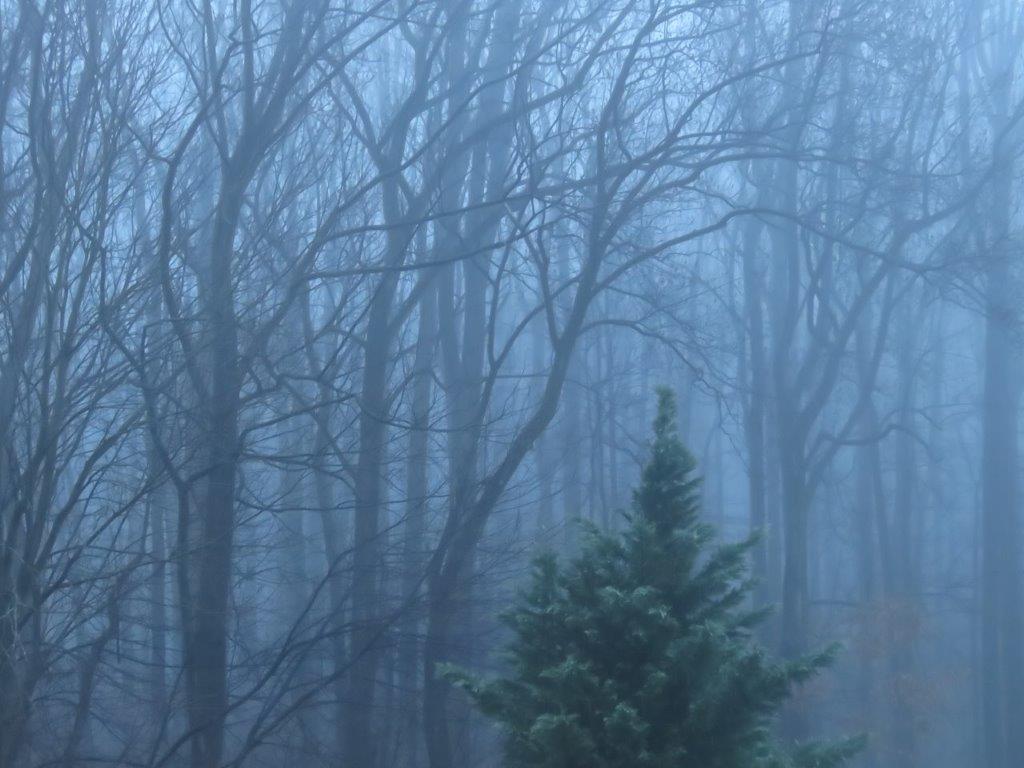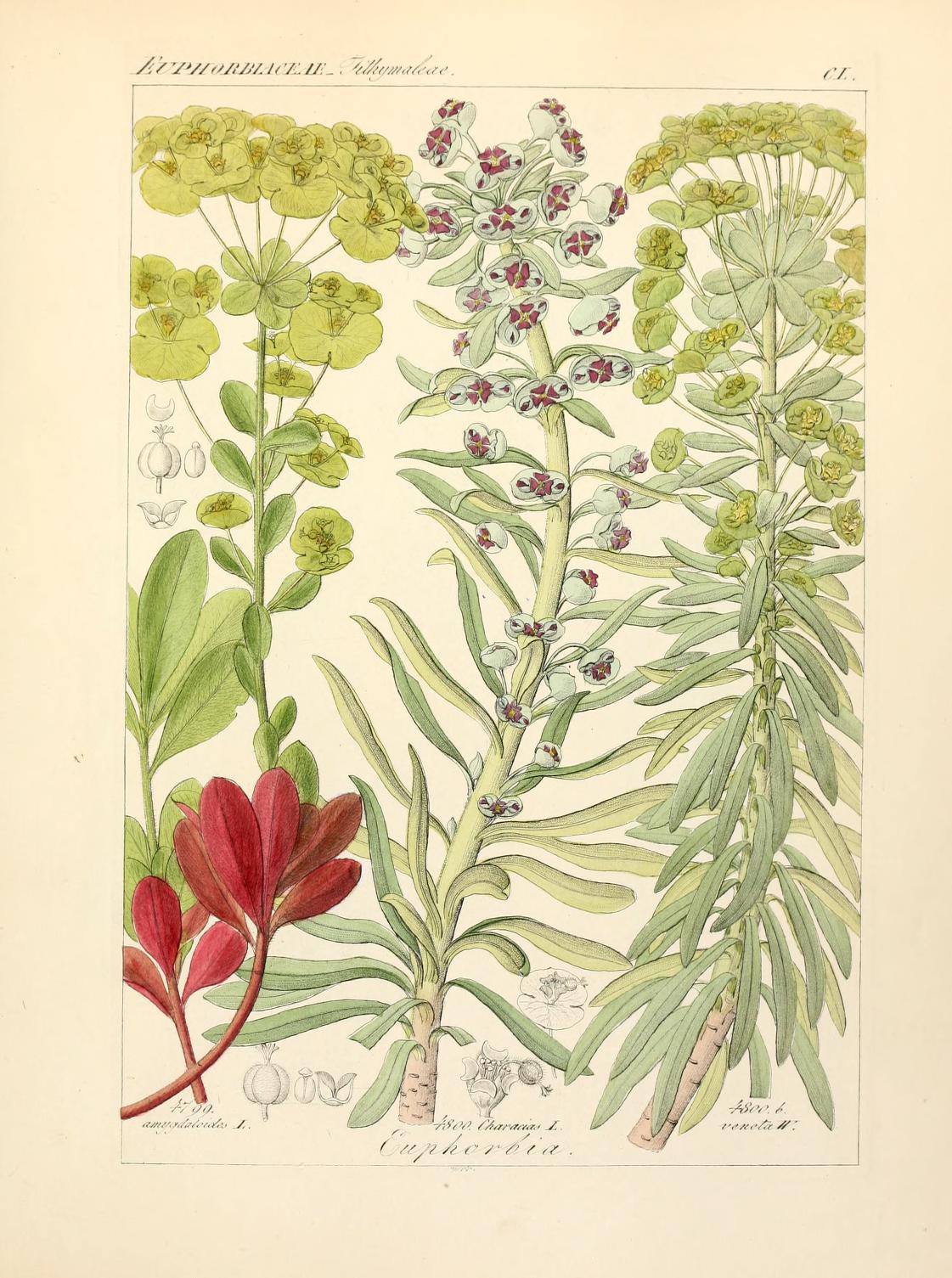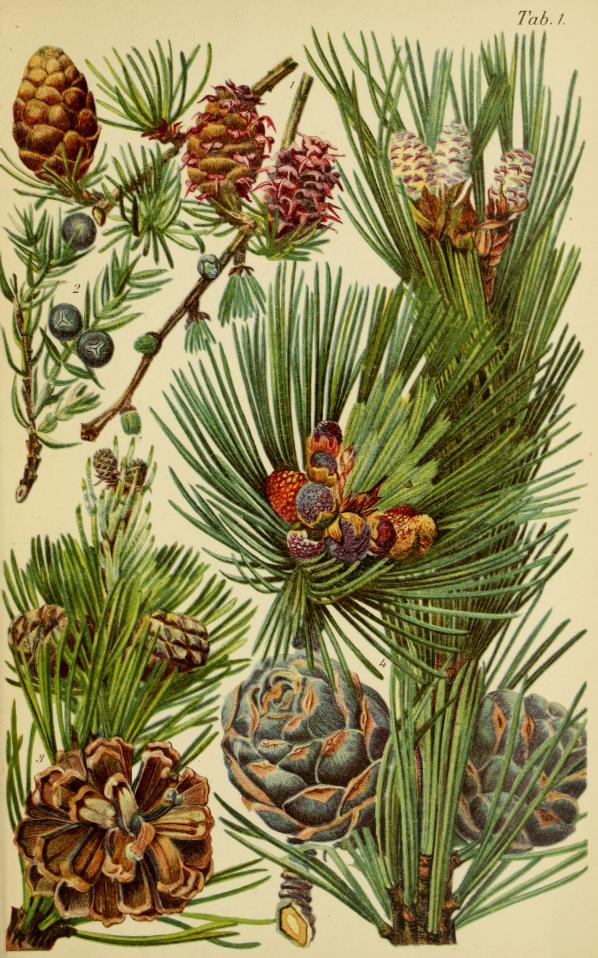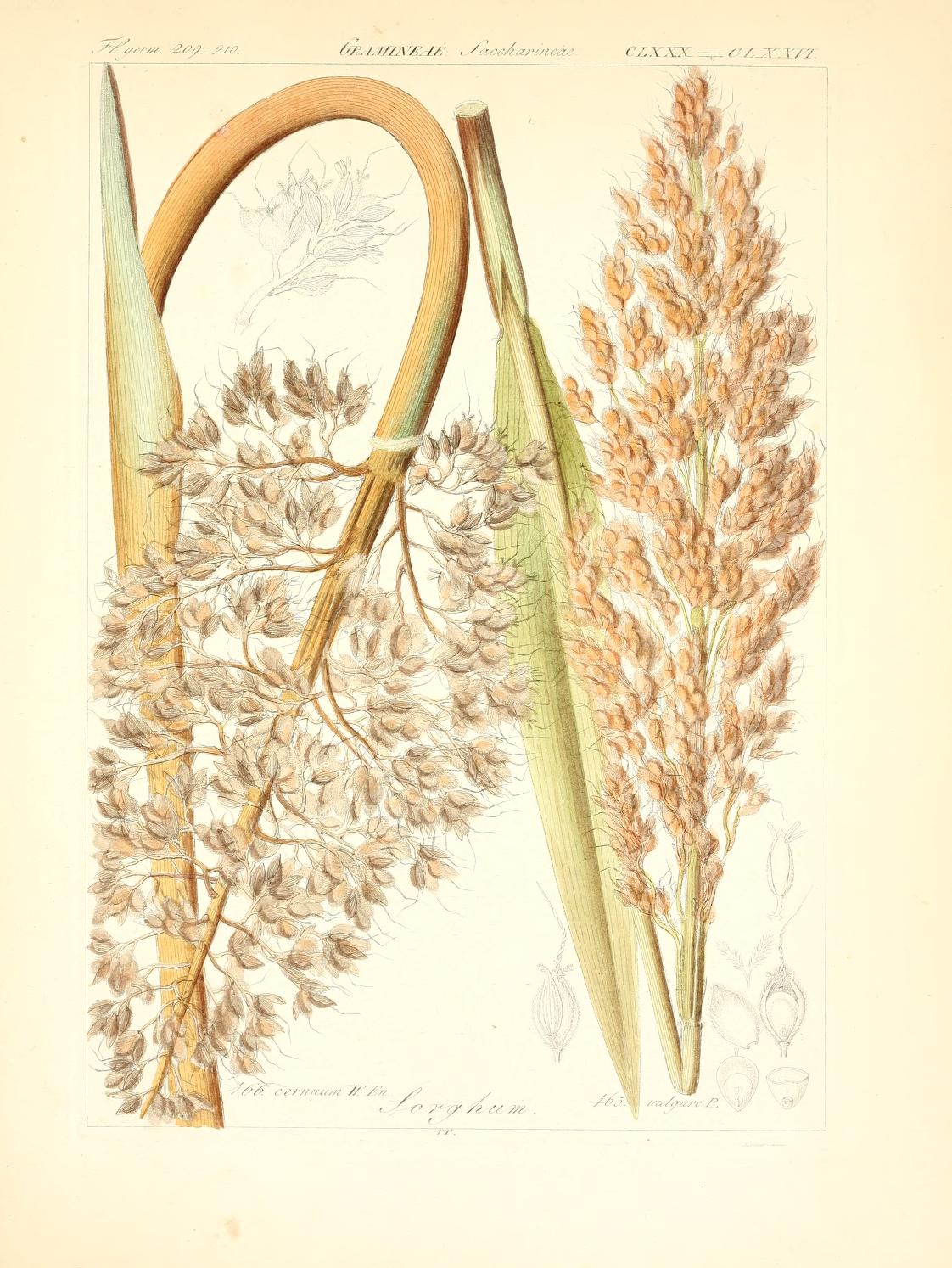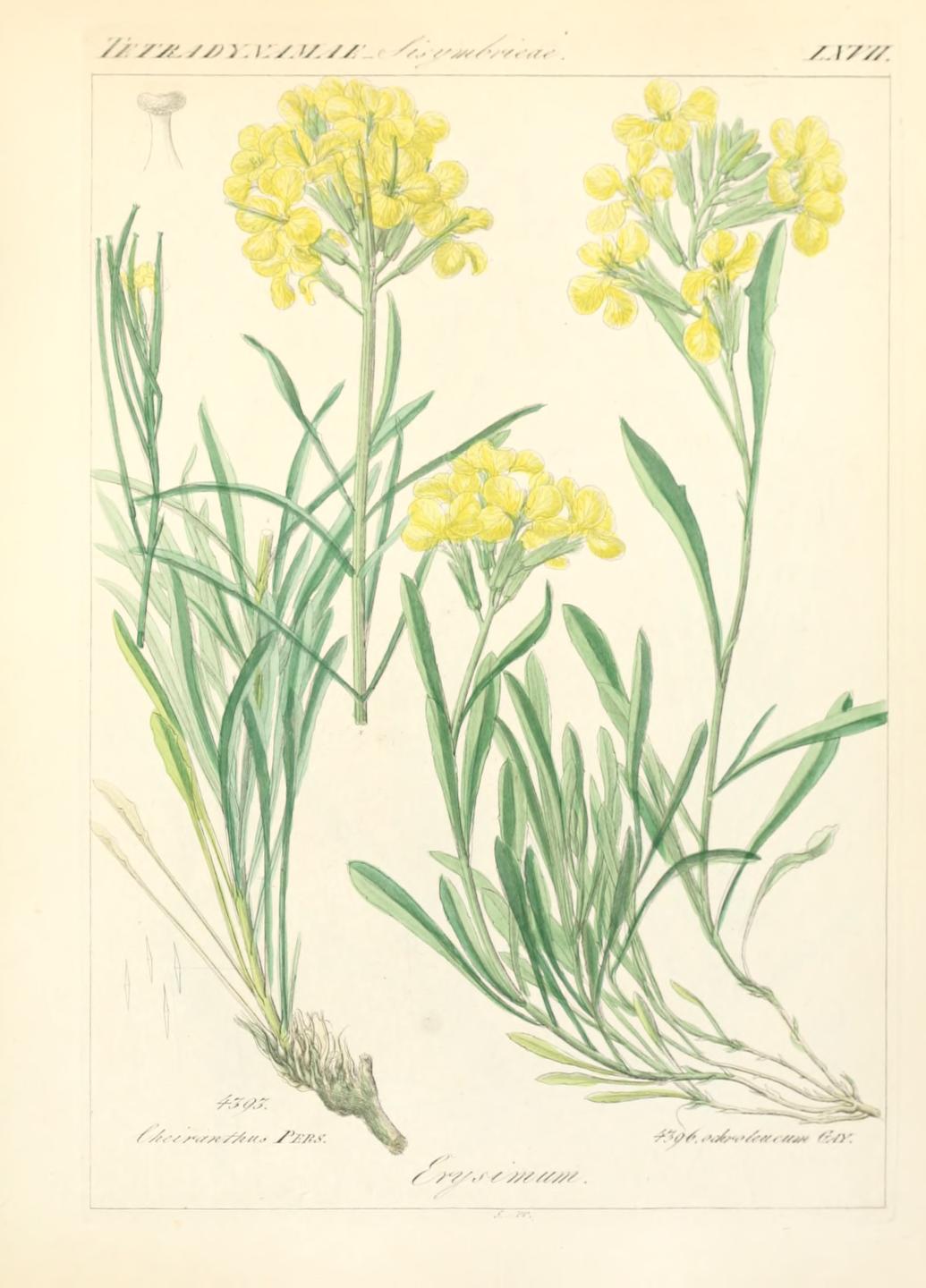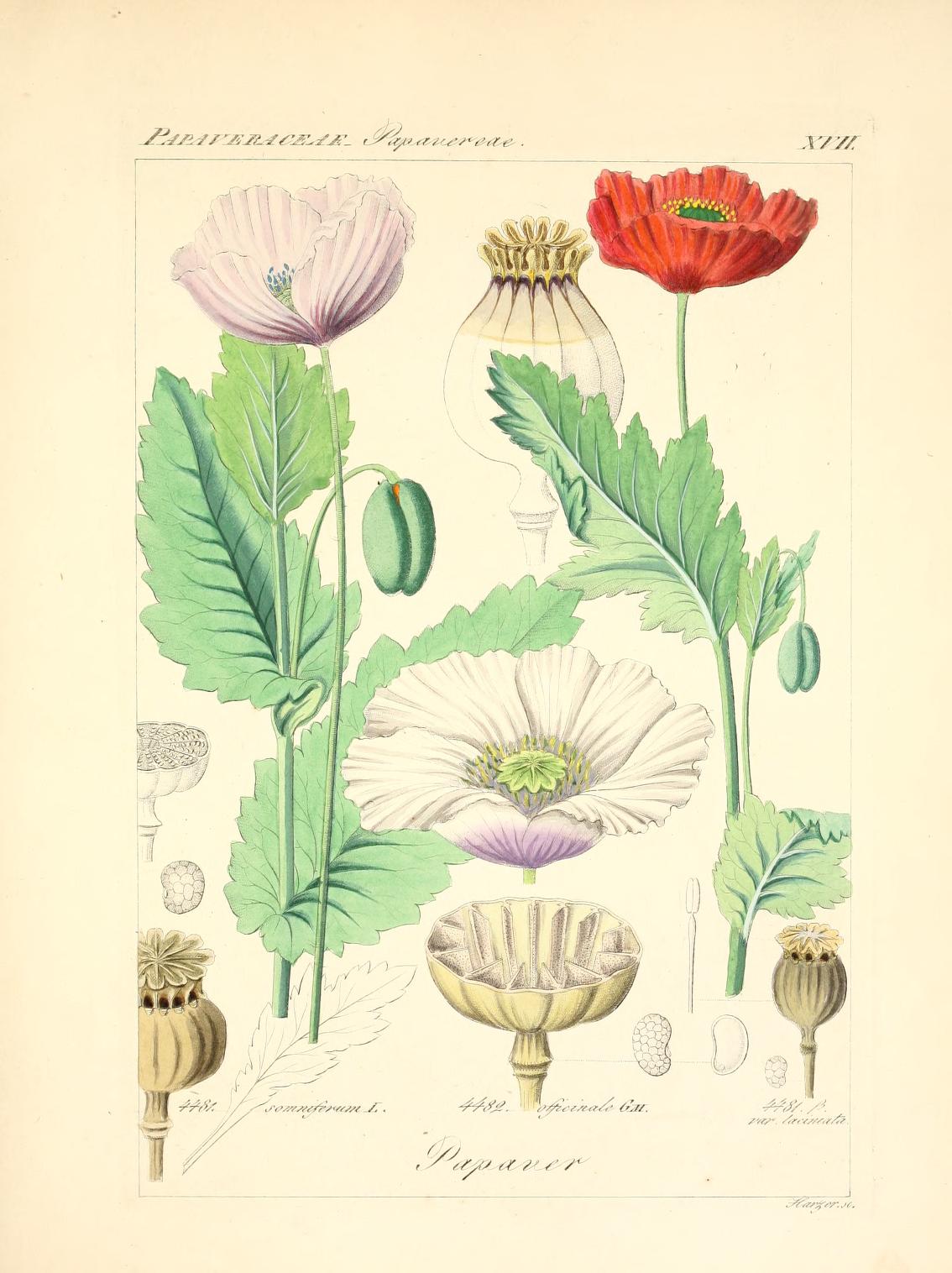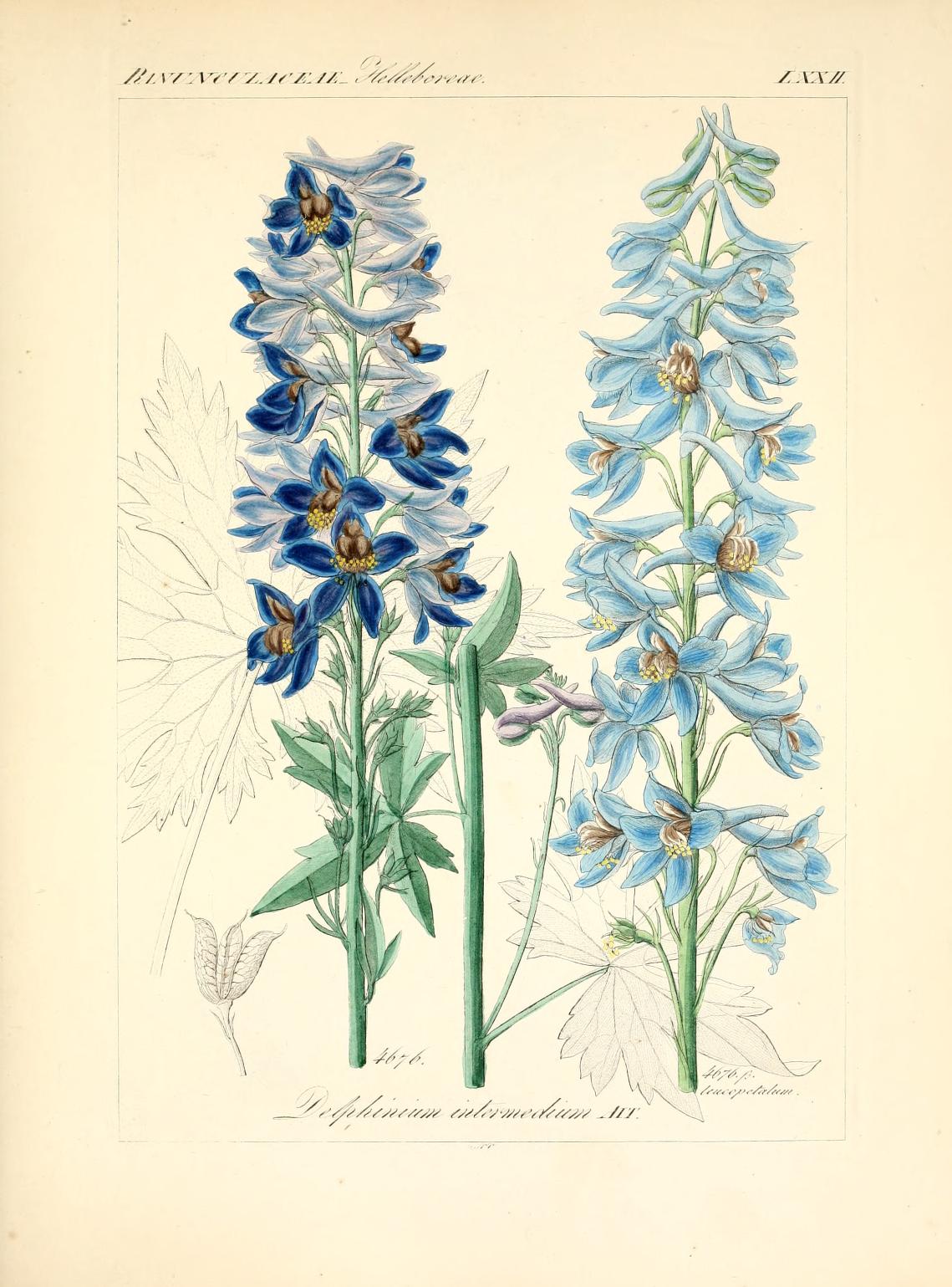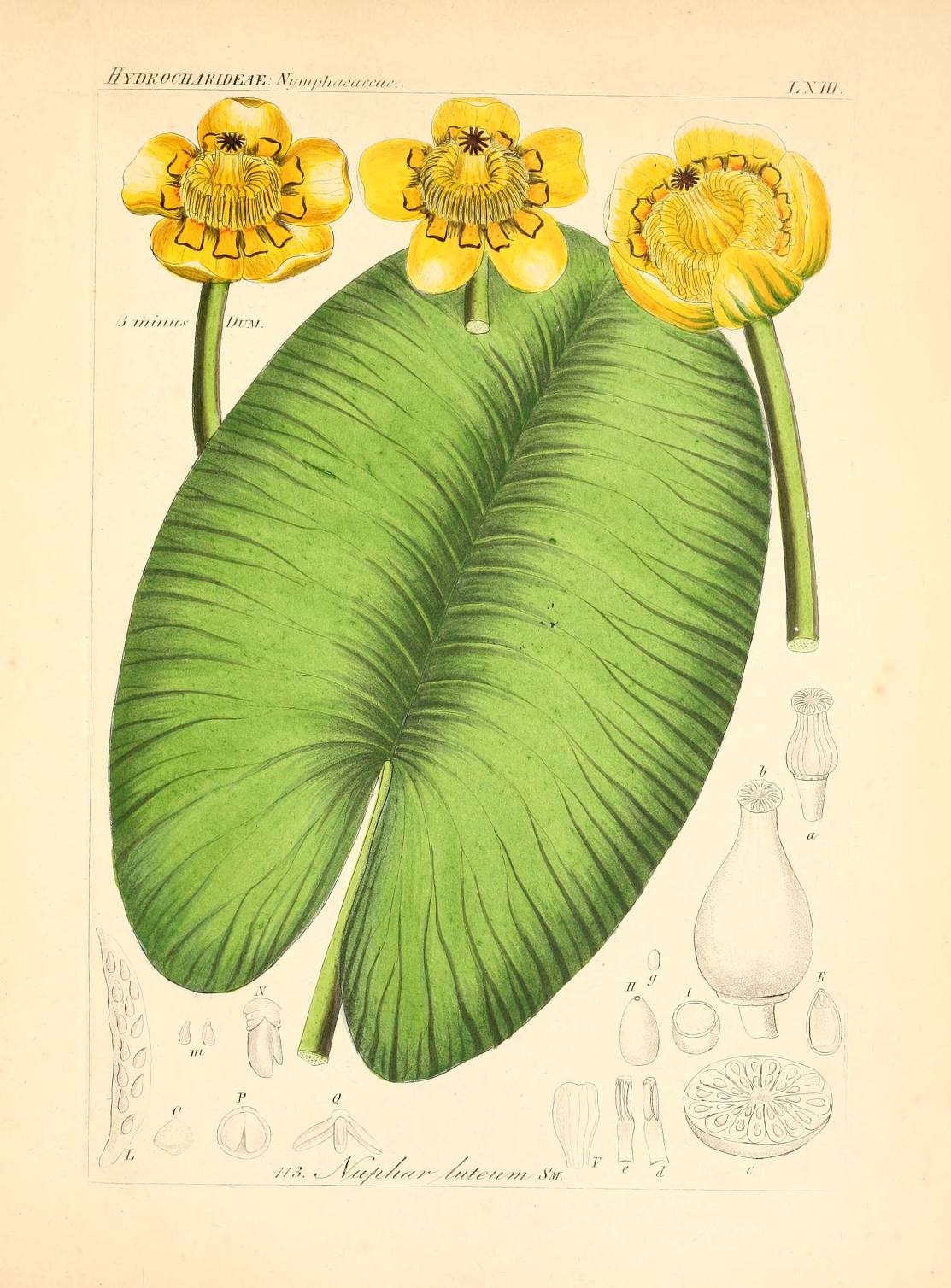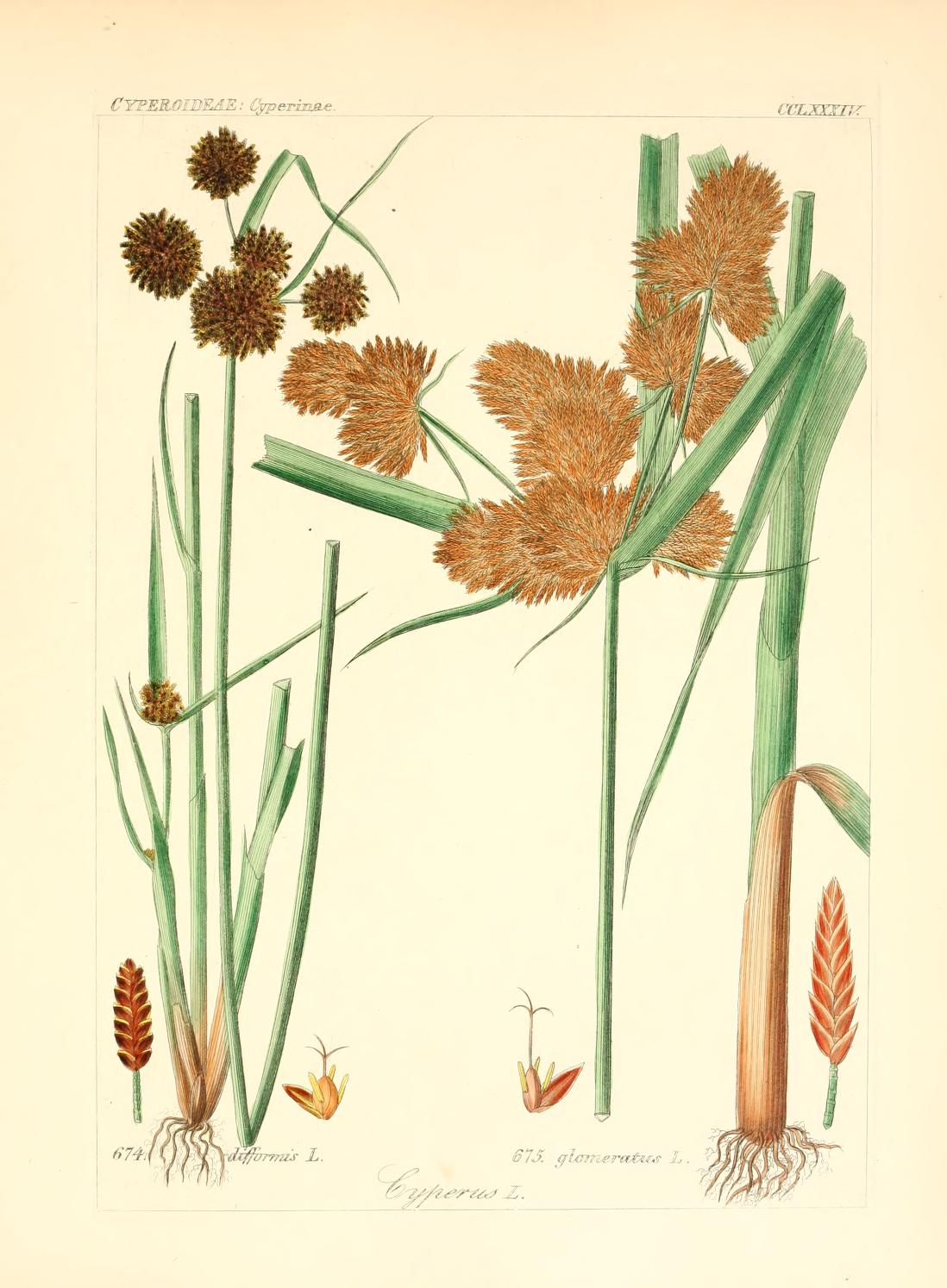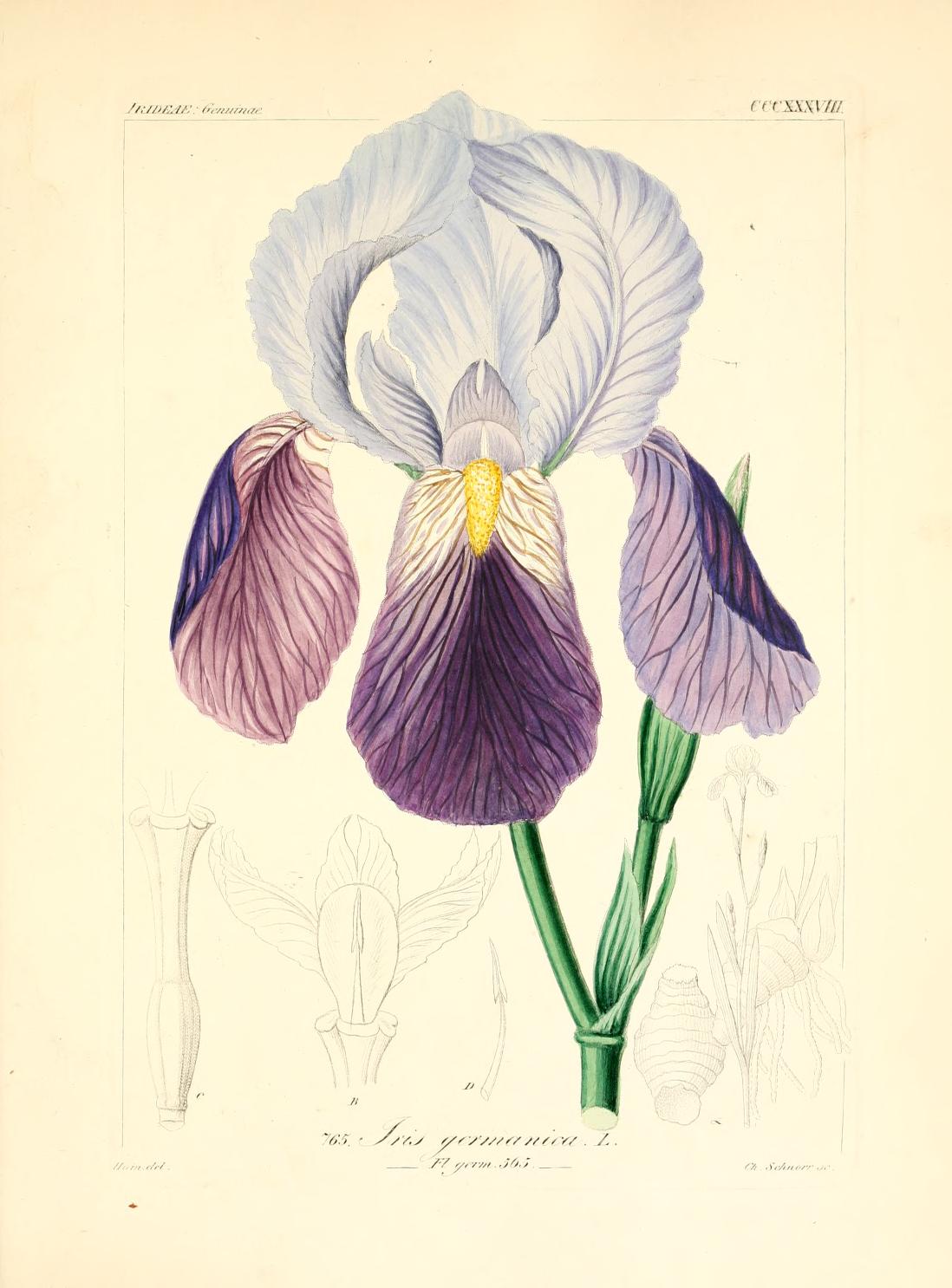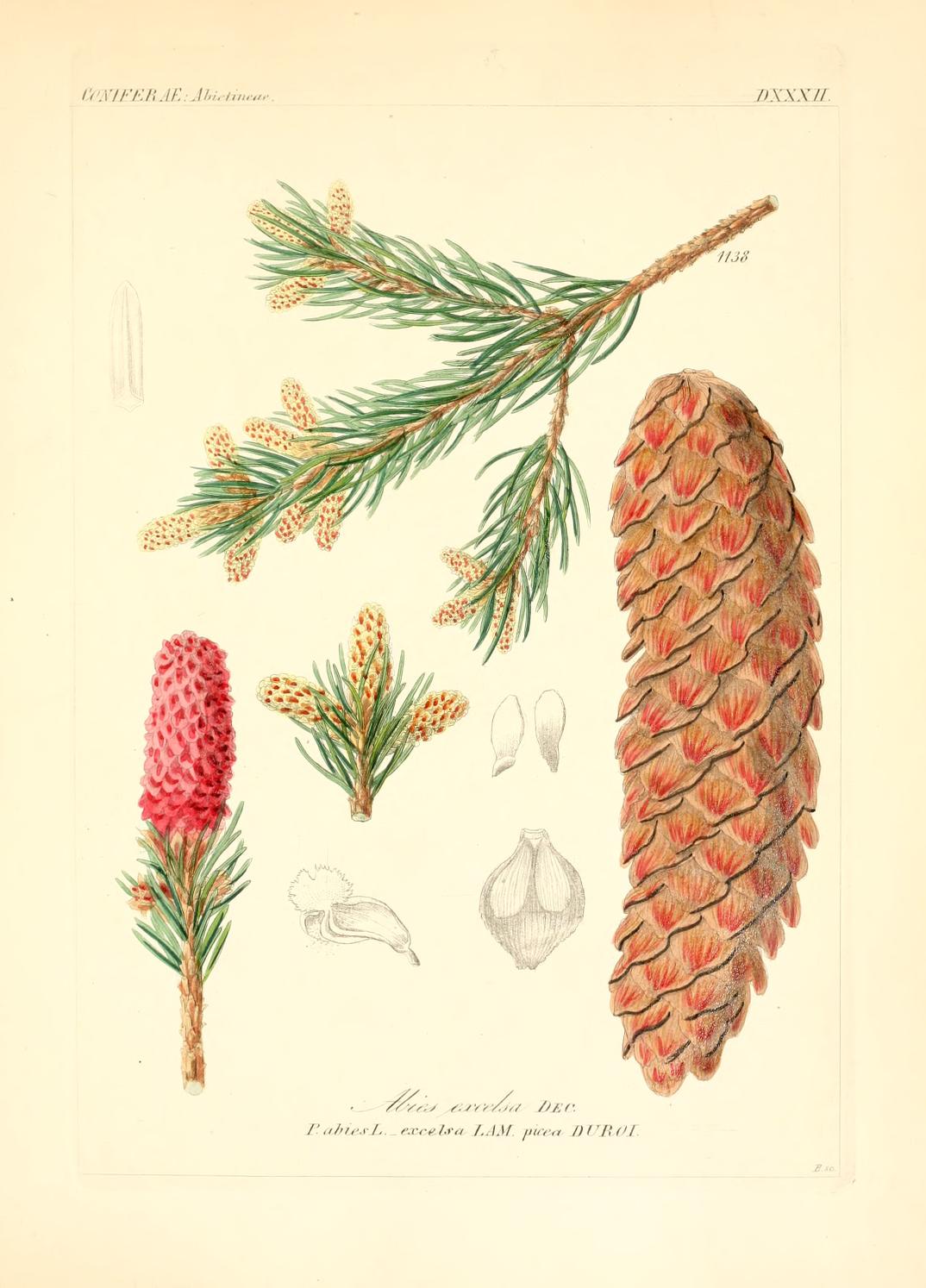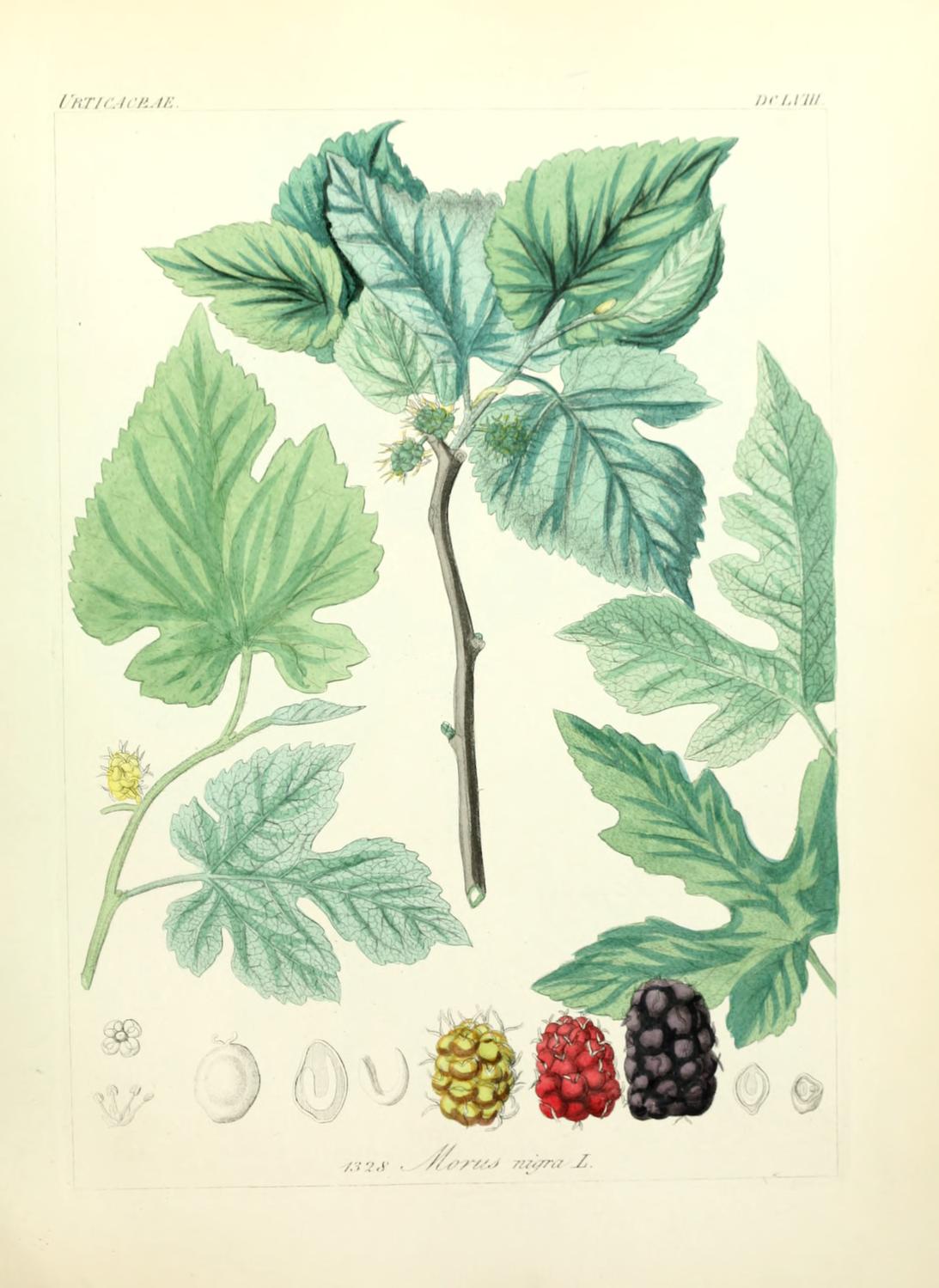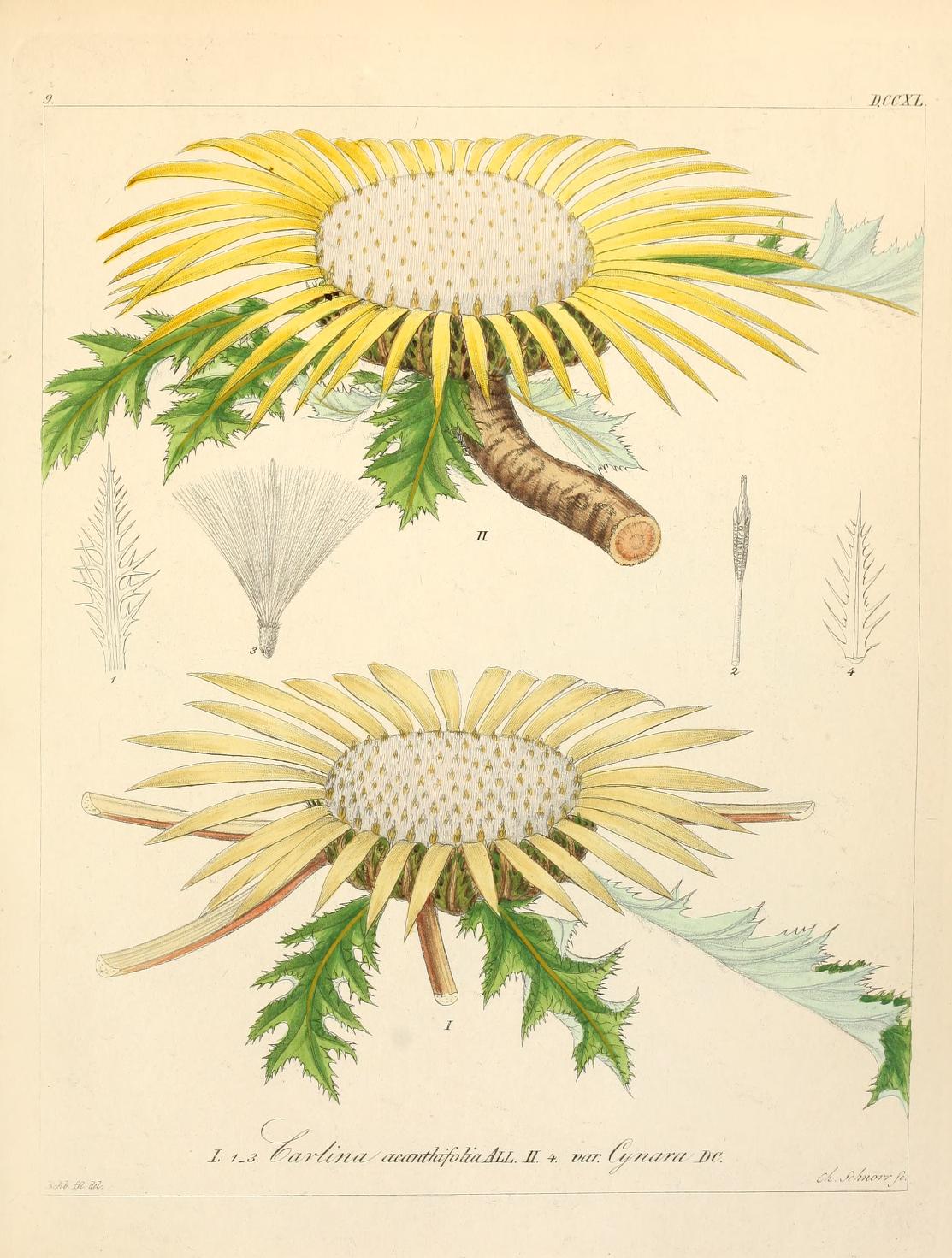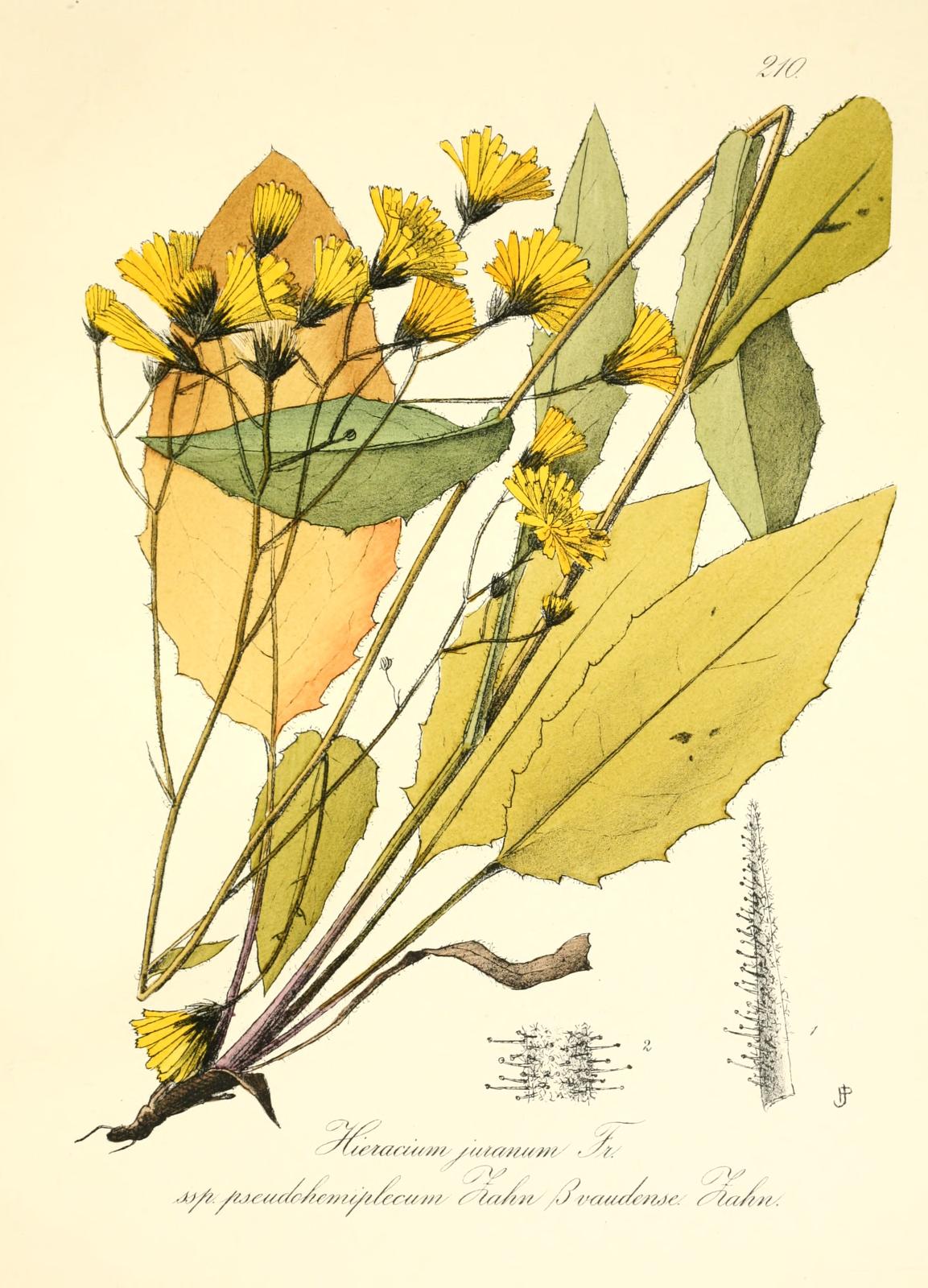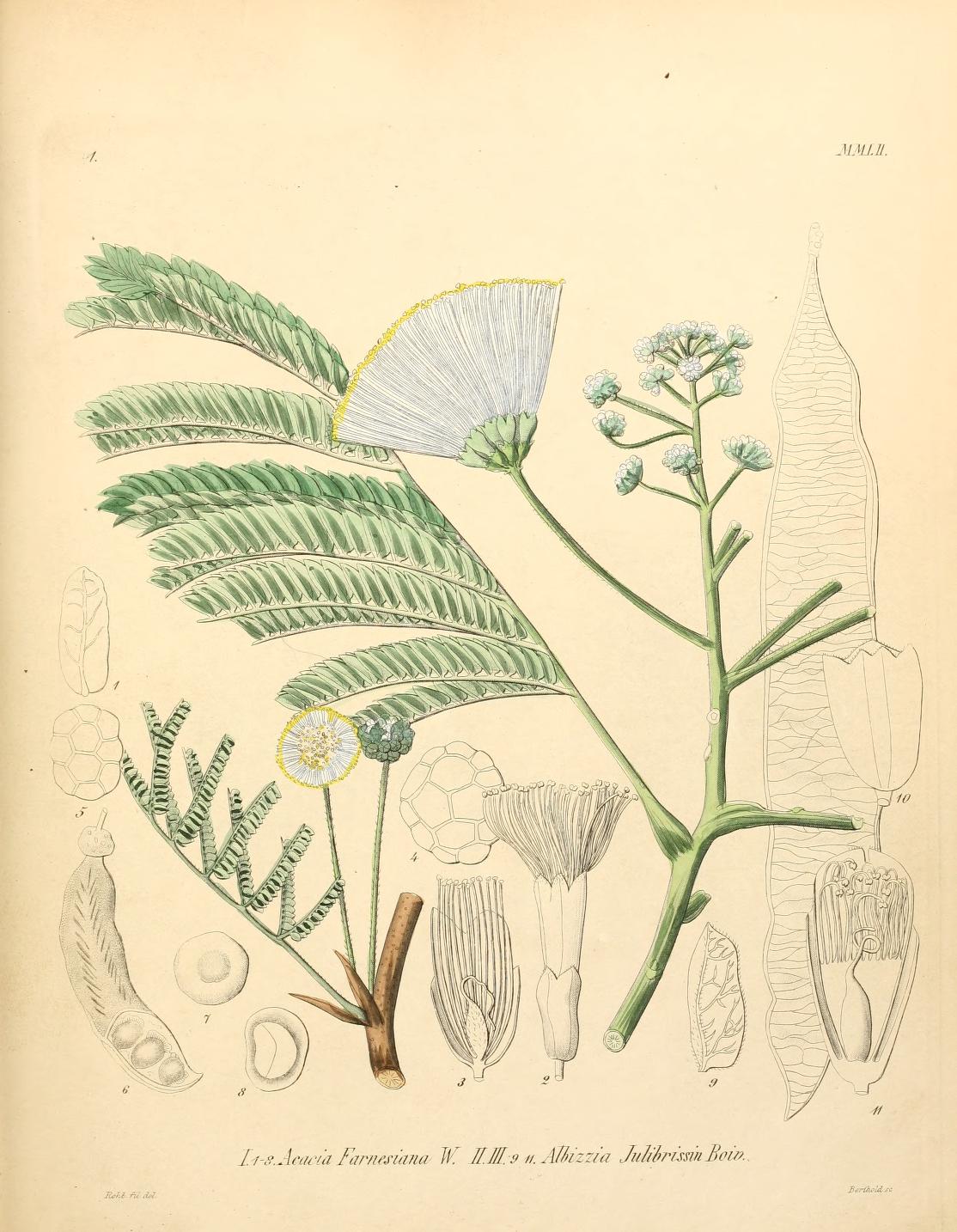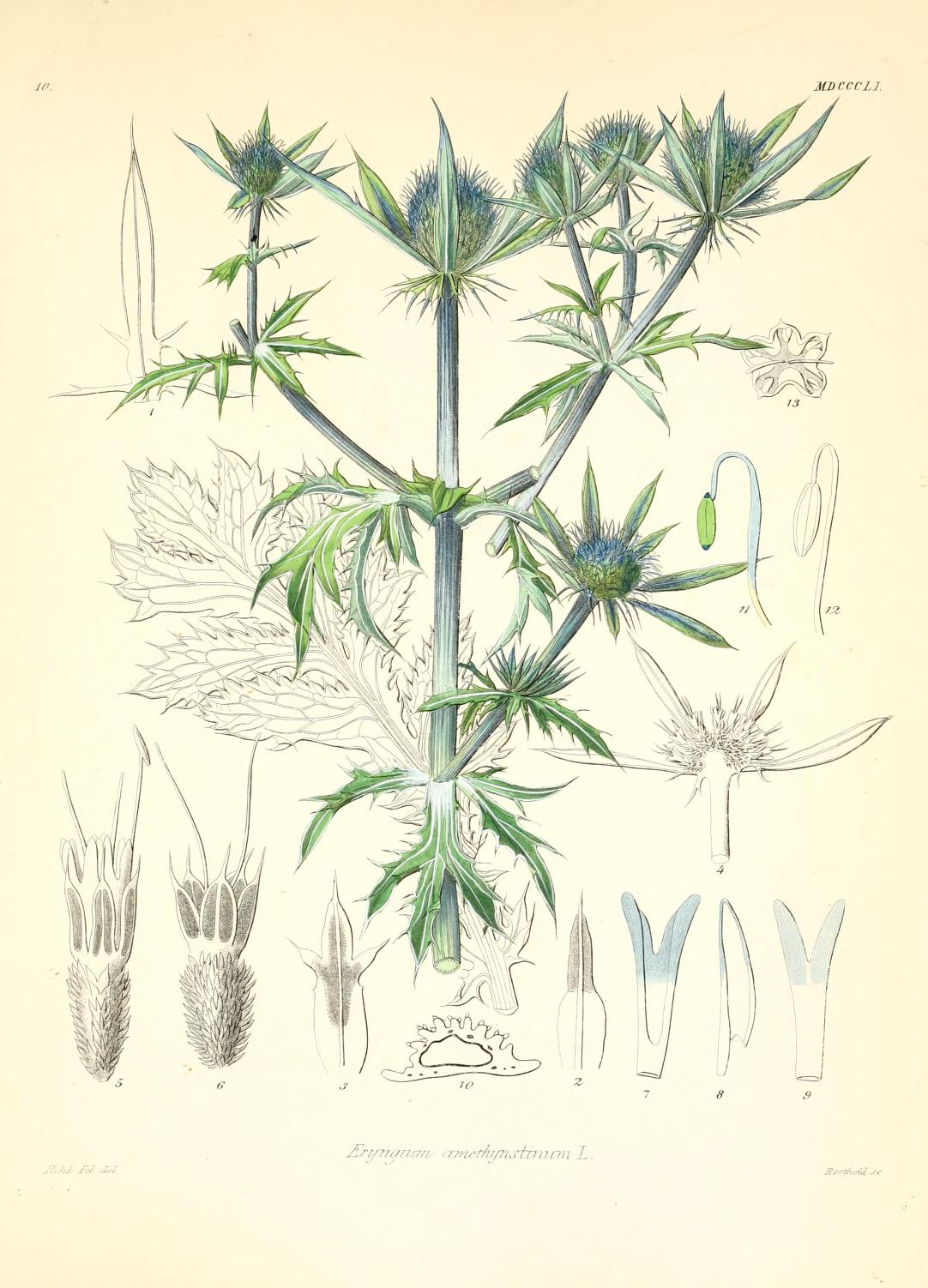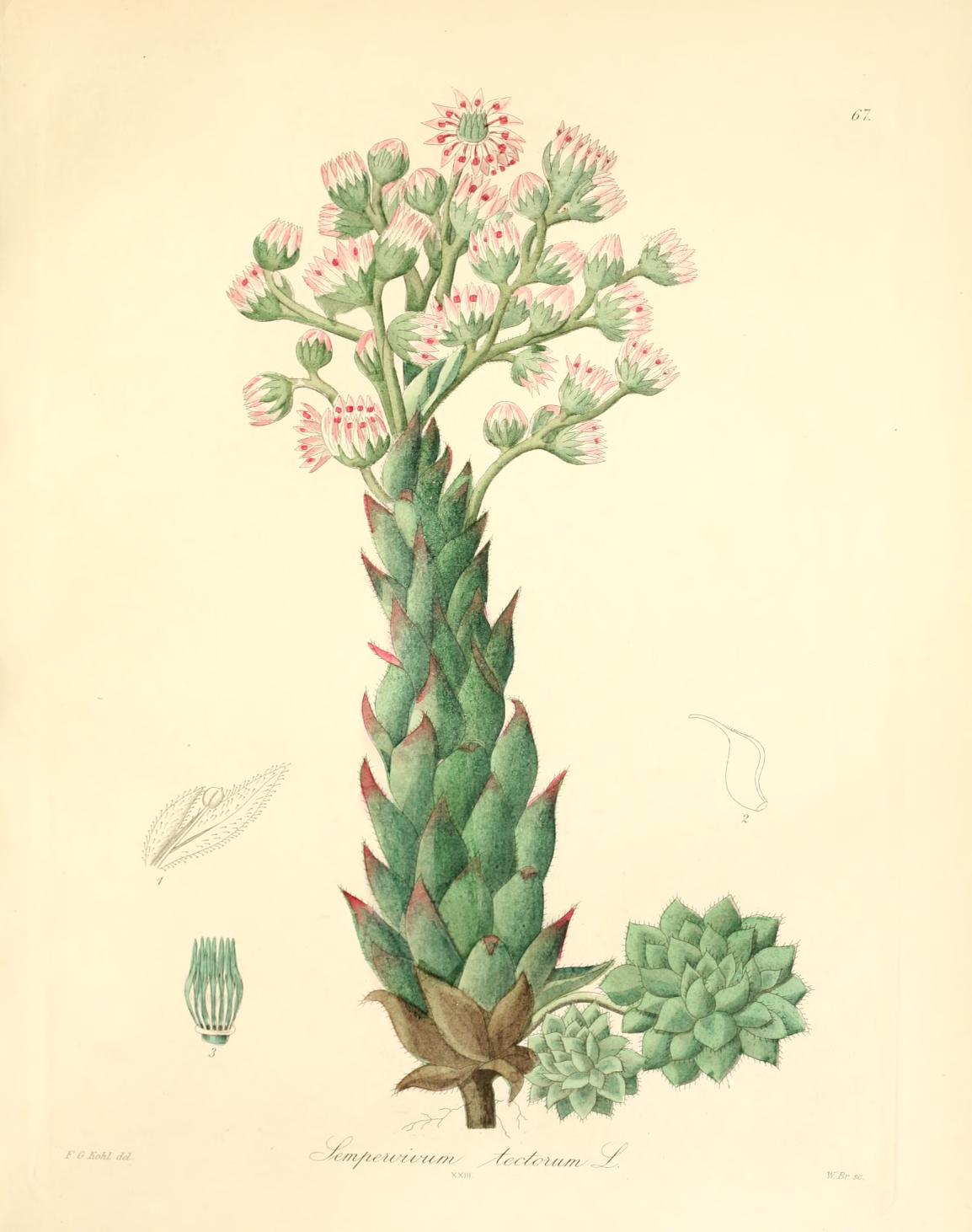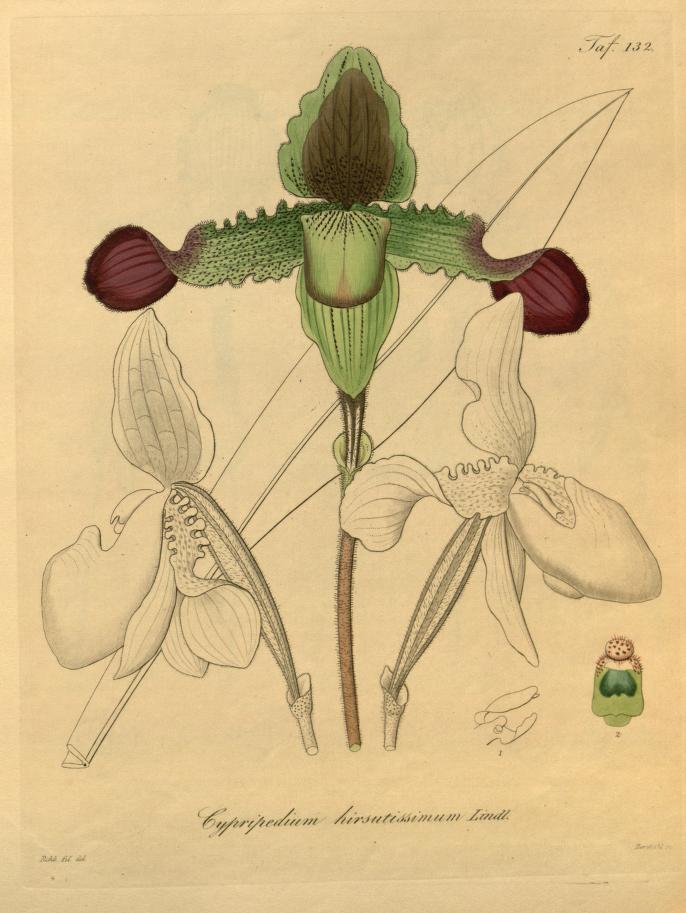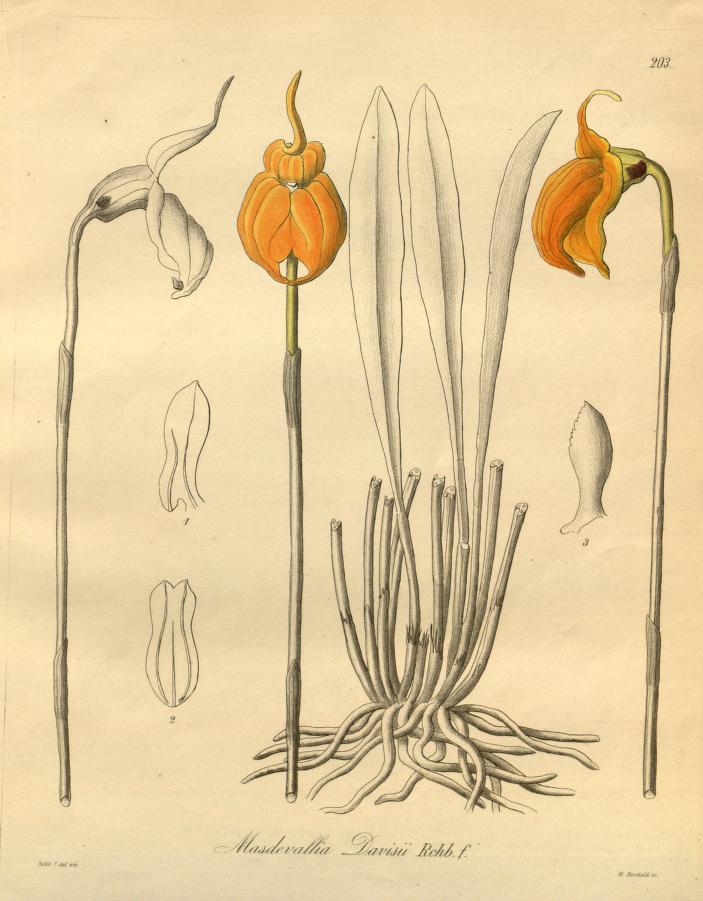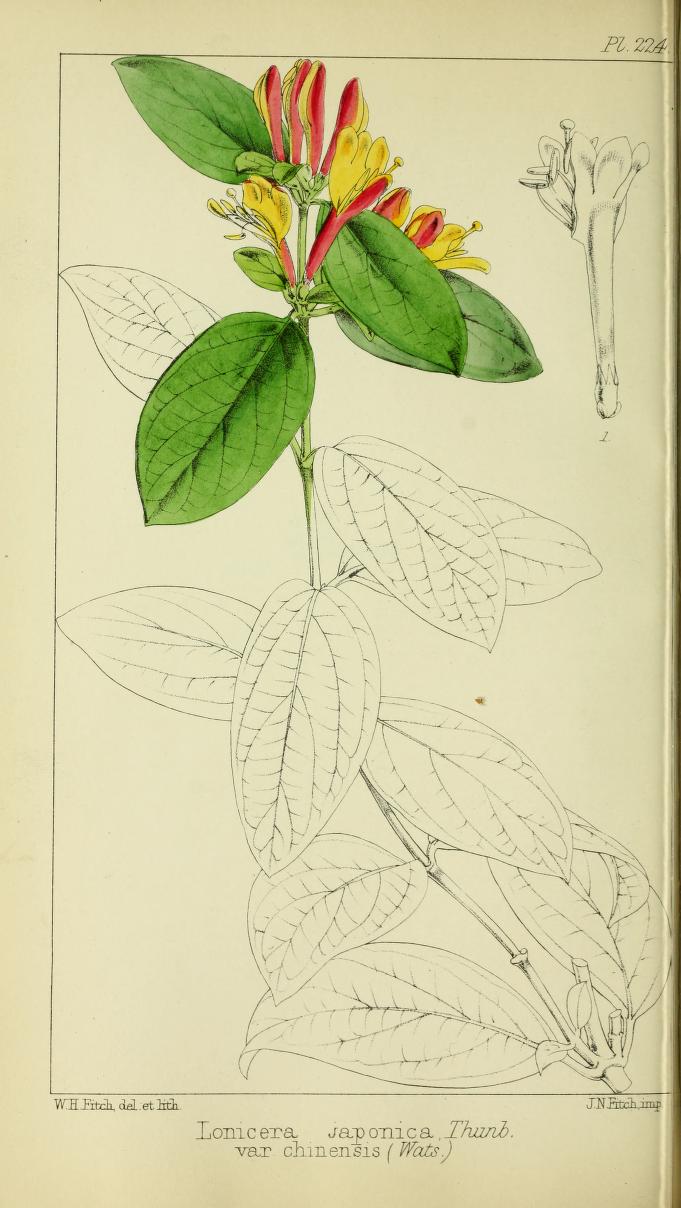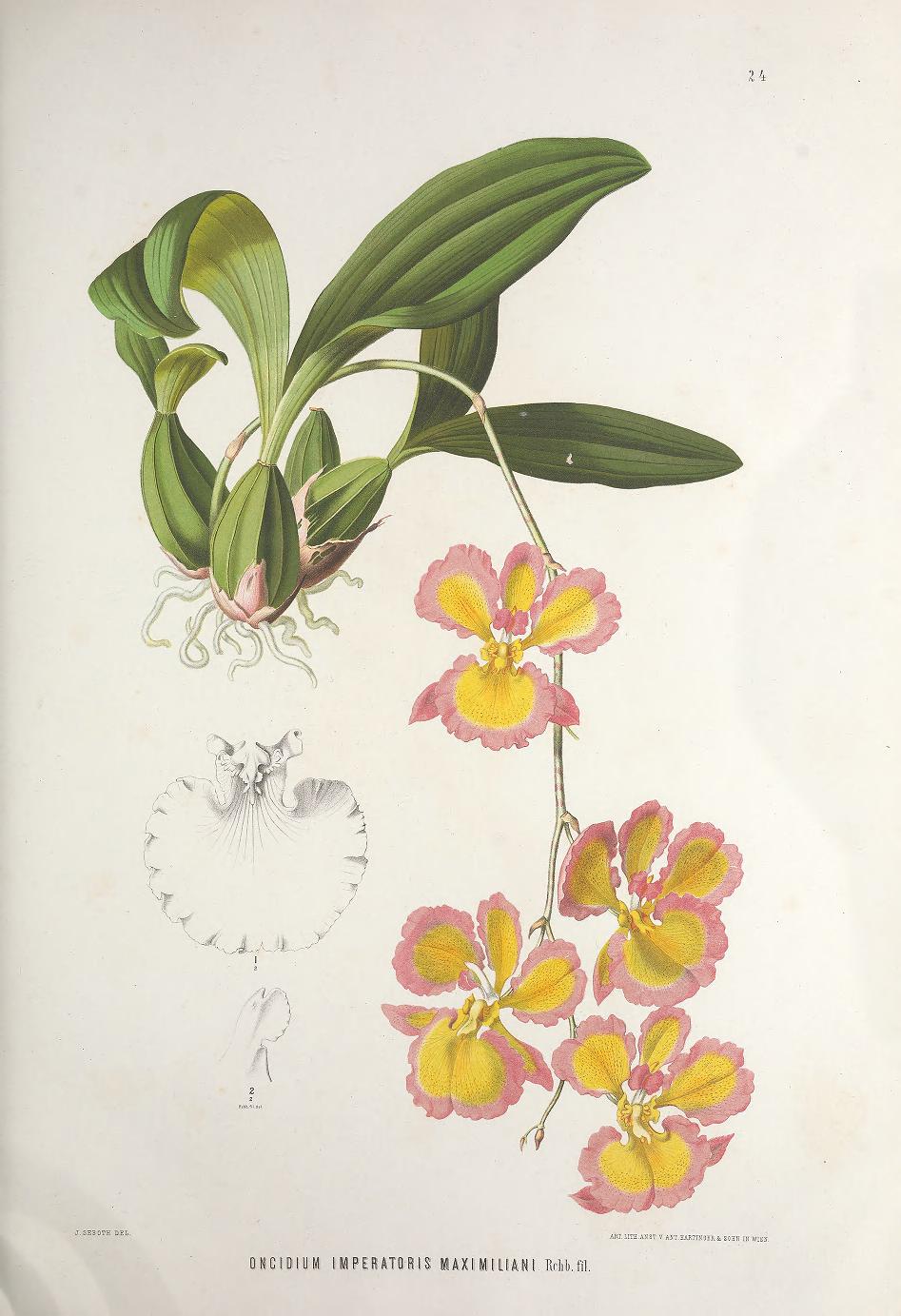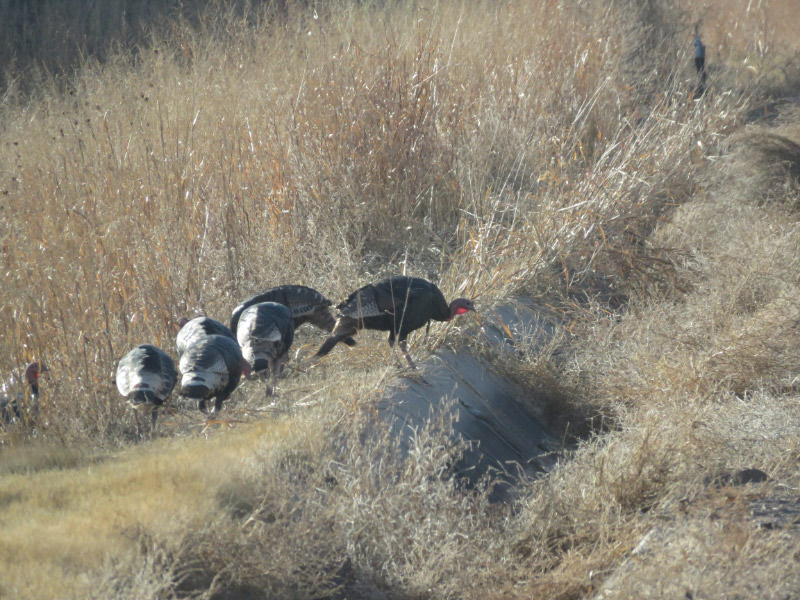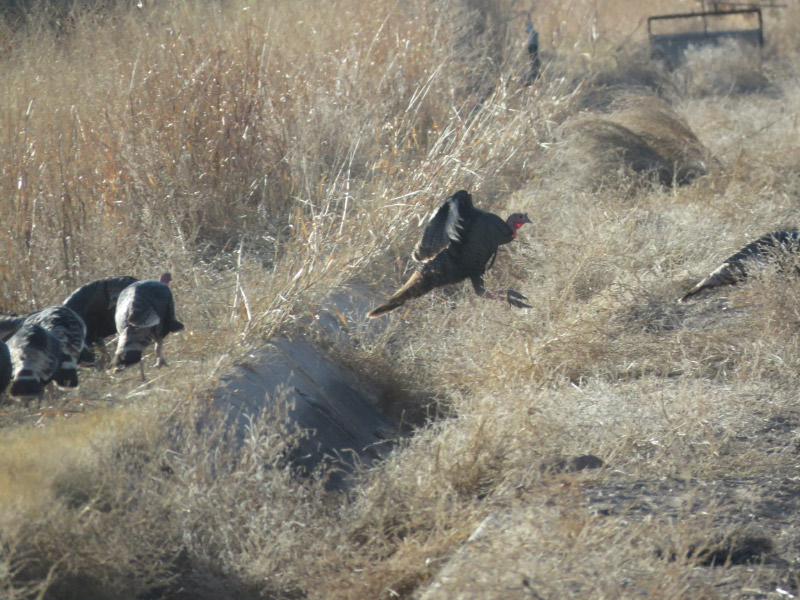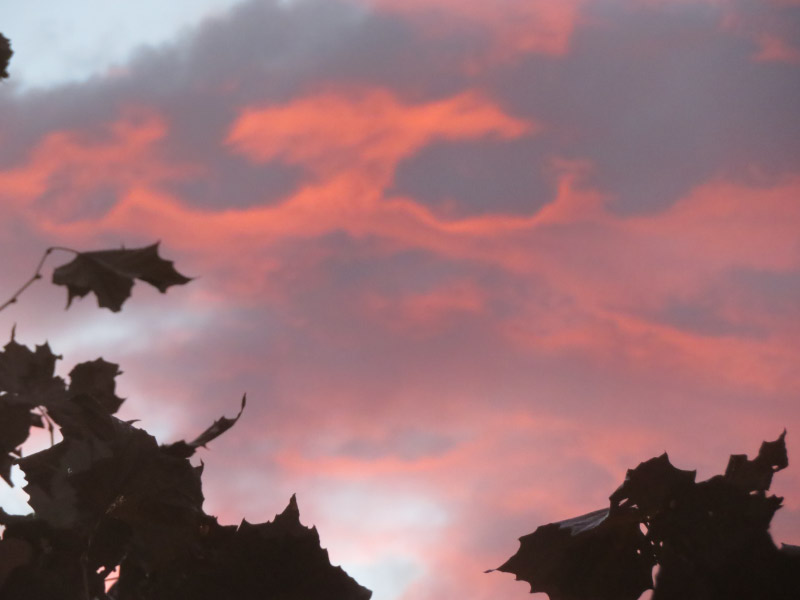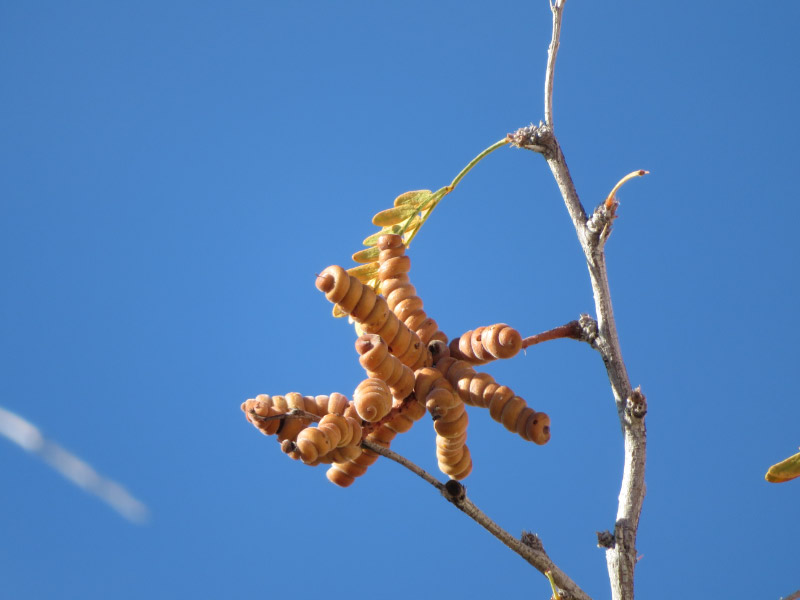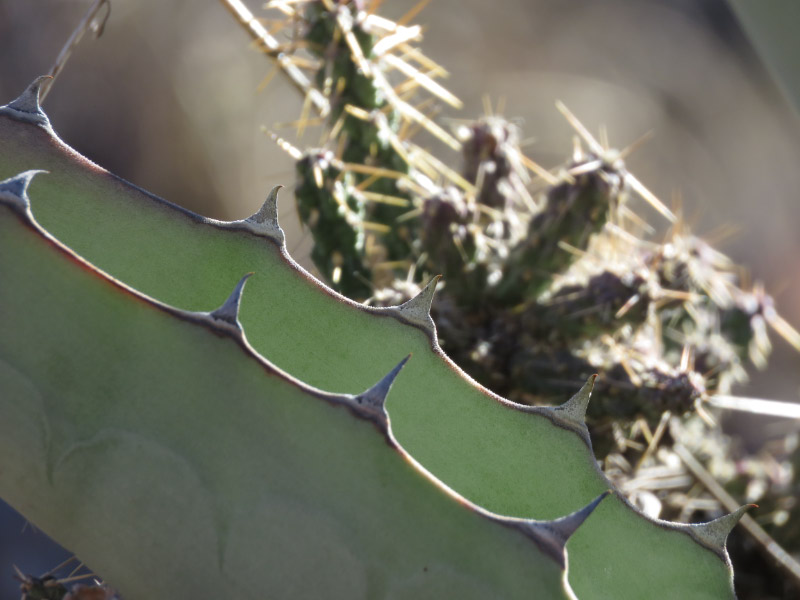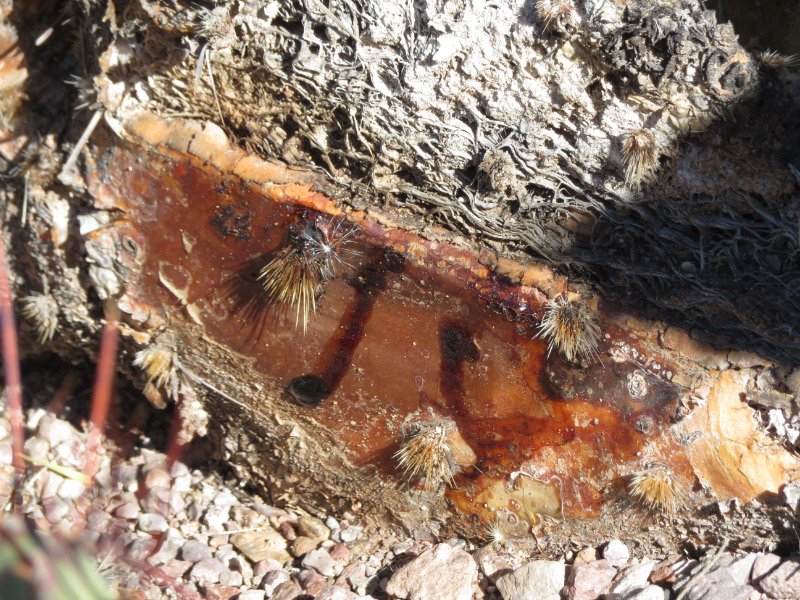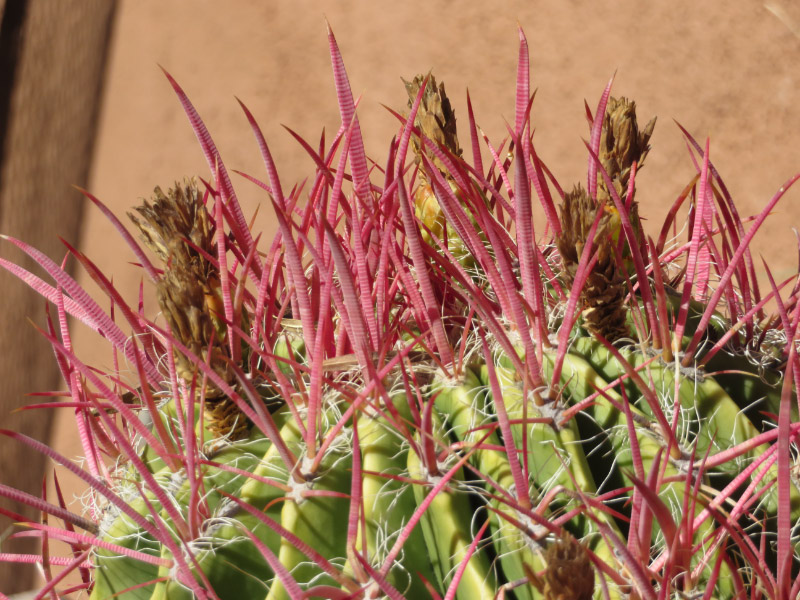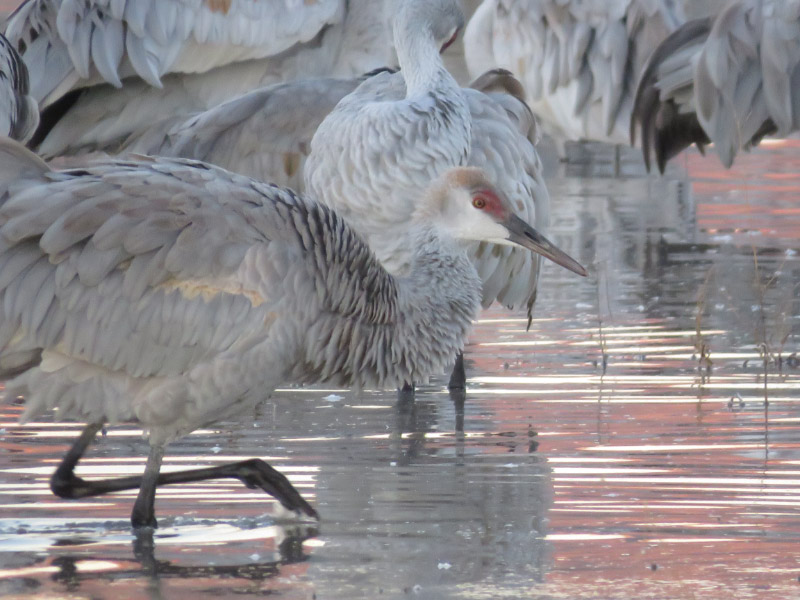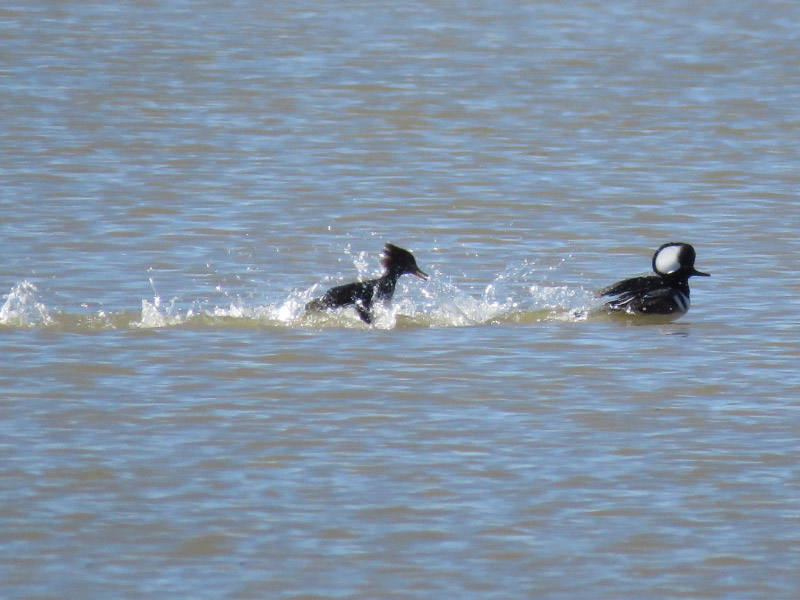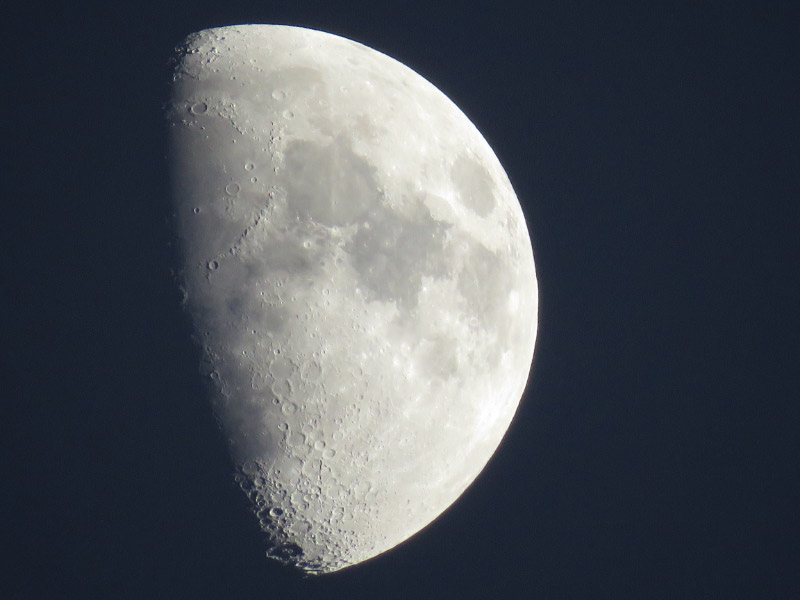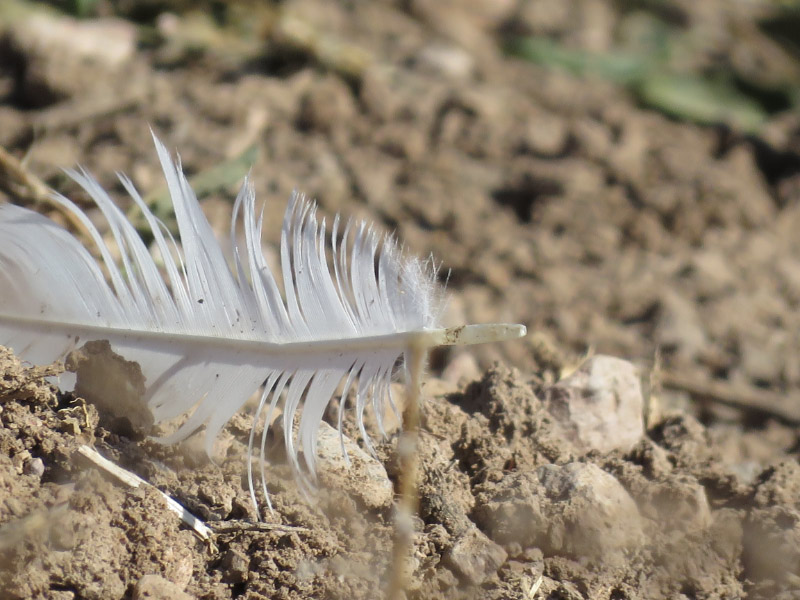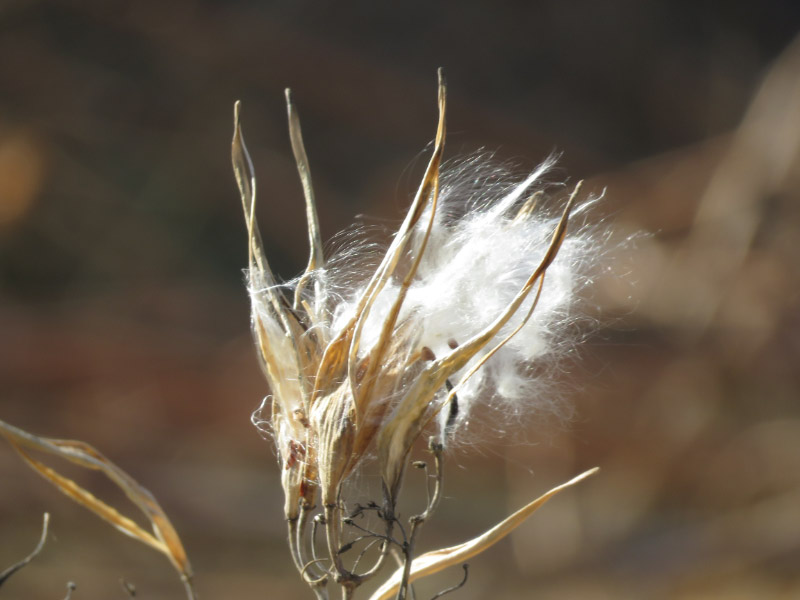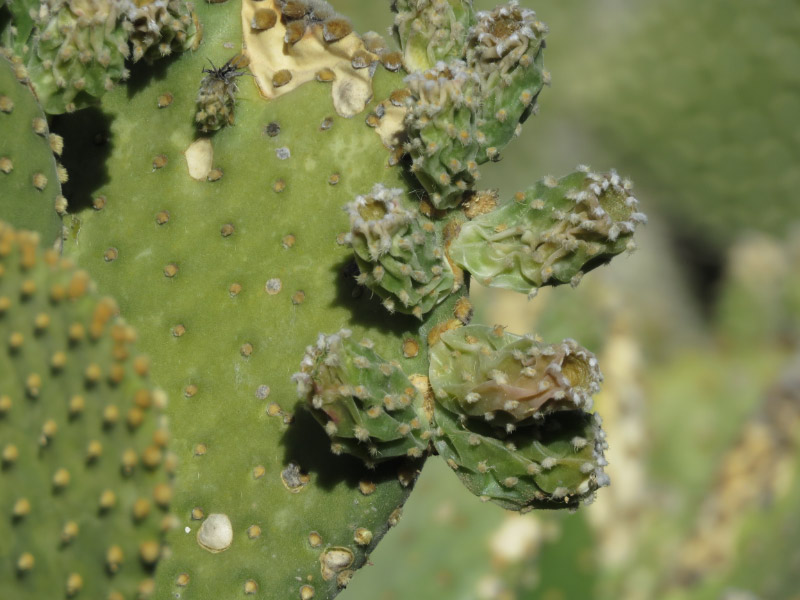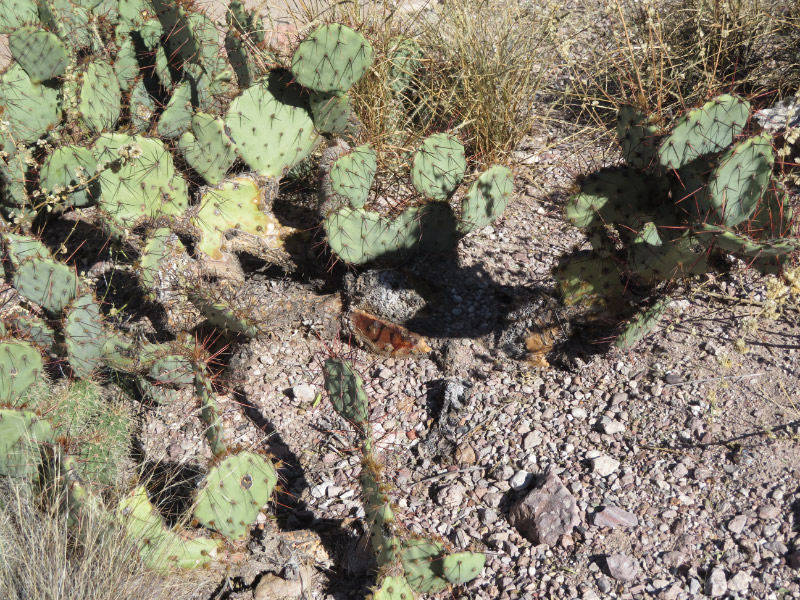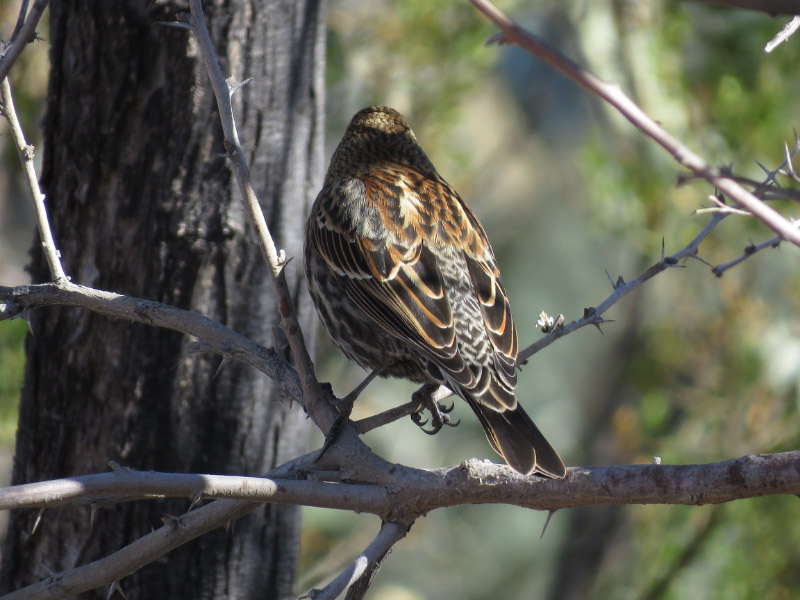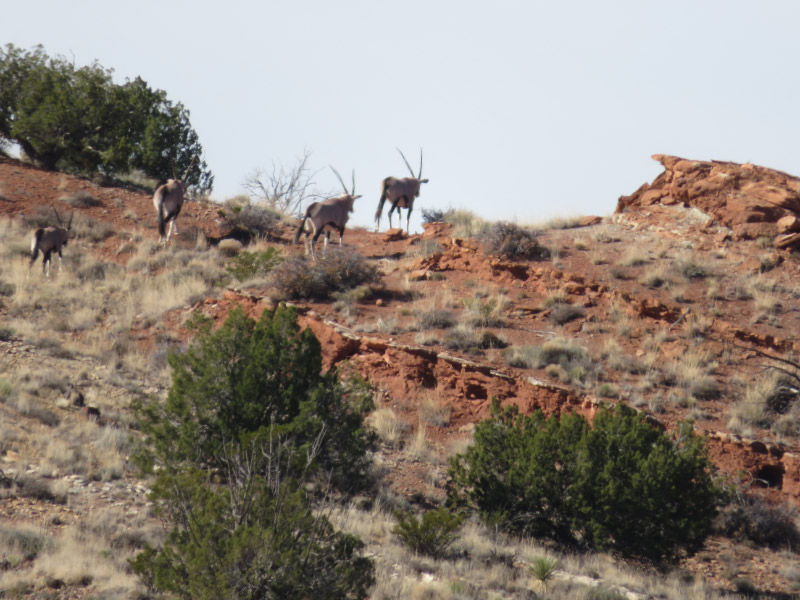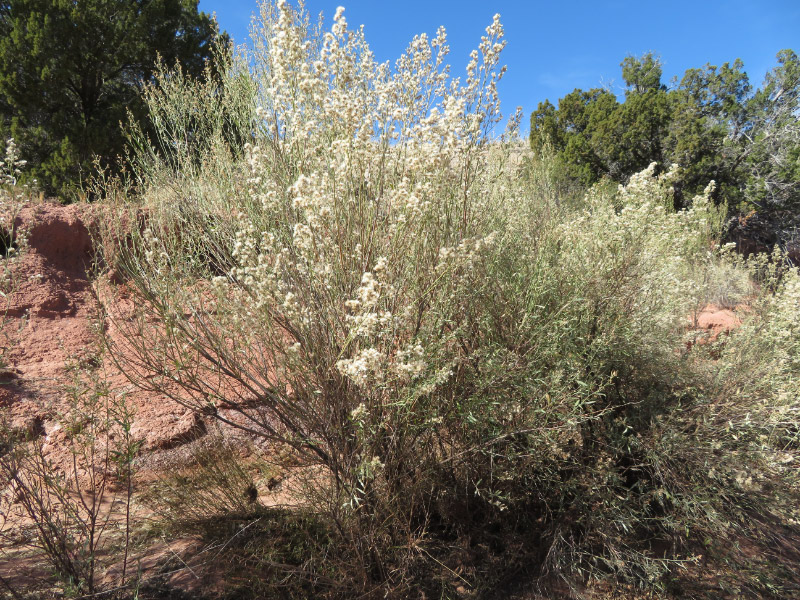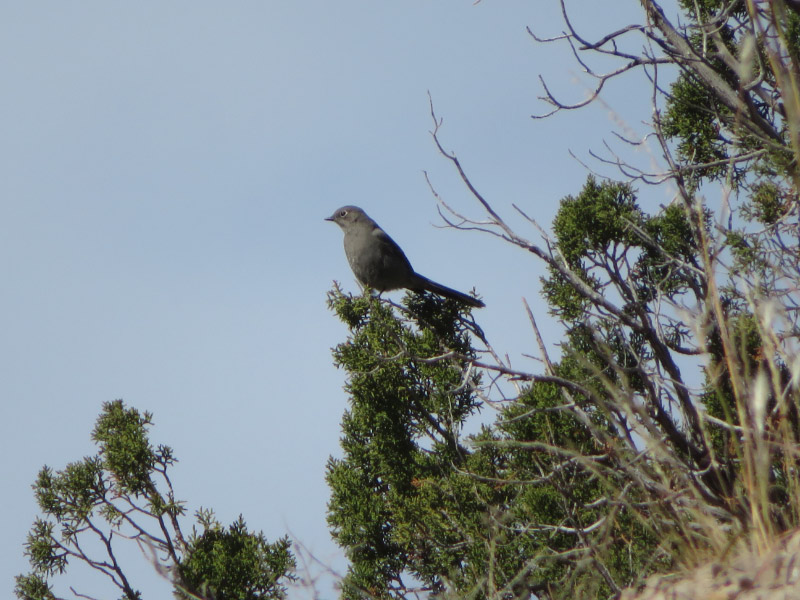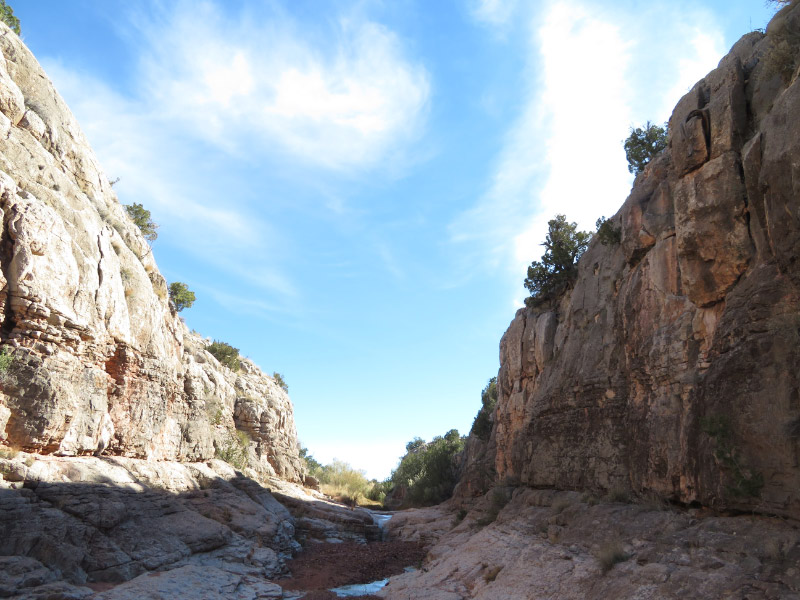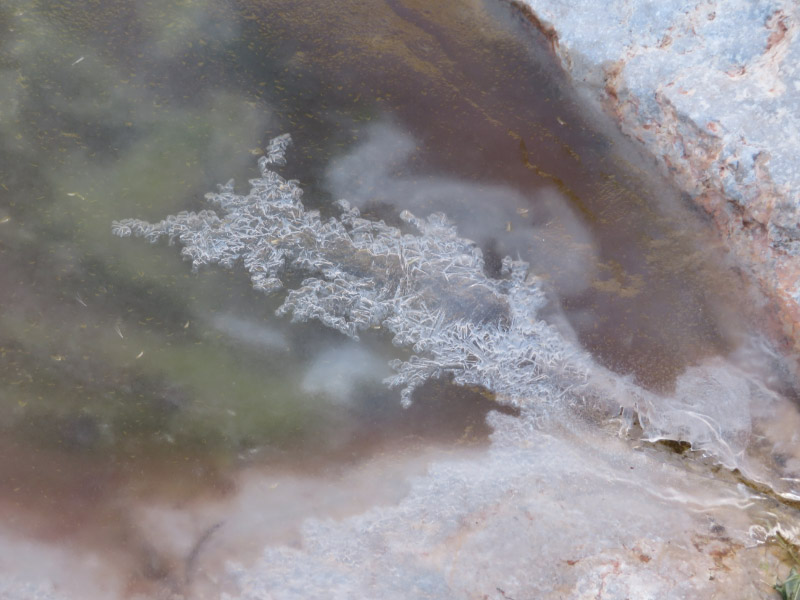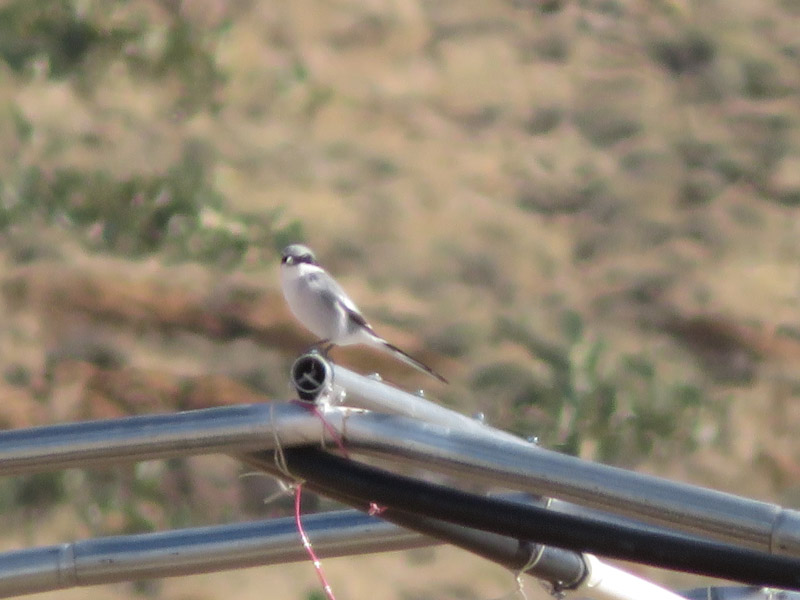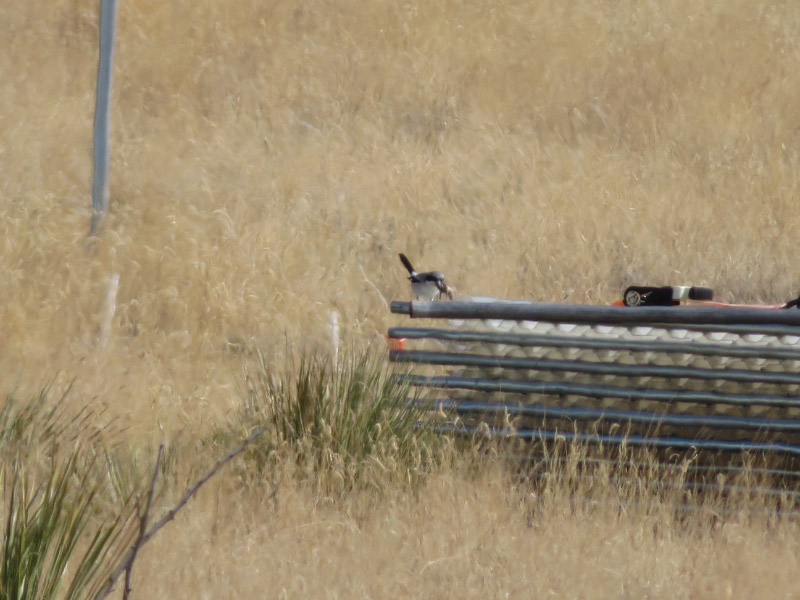Westafrikanische Kautschuk-Expedition, 1899/1900 * Schlechter, Rudolf * sample image * 1900
Alpenflora; die verbreitetsten Alpenpflanzen von Bayern, Österreich und der Schweiz * Hegi, Gustav * sample image * 1922
Icones florae Germanicae et Helveticae V1 * Reichenbach, Heinrich Gottlieb Ludwig; Reichenbach, Heinrich Gustav * sample image * 1850
Icones florae Germanicae et Helveticae V2 * Reichenbach, Heinrich Gottlieb Ludwig; Reichenbach, Heinrich Gustav * sample image * 1838
Icones florae Germanicae et Helveticae V3 * Reichenbach, Heinrich Gottlieb Ludwig; Reichenbach, Heinrich Gustav * sample image * 1839
Icones florae Germanicae et Helveticae V4 * Reichenbach, Heinrich Gottlieb Ludwig; Reichenbach, Heinrich Gustav * sample image * 1840
Icones florae Germanicae et Helveticae V5 * Reichenbach, Heinrich Gottlieb Ludwig; Reichenbach, Heinrich Gustav * sample image * 1841
Icones florae Germanicae et Helveticae V6 * Reichenbach, Heinrich Gottlieb Ludwig; Reichenbach, Heinrich Gustav * sample image * 1844
Icones florae Germanicae et Helveticae V7 * Reichenbach, Heinrich Gottlieb Ludwig; Reichenbach, Heinrich Gustav * sample image * 1845
Icones florae Germanicae et Helveticae V8 * Reichenbach, Heinrich Gottlieb Ludwig; Reichenbach, Heinrich Gustav * sample image * 1846
Icones florae Germanicae et Helveticae V9 * Reichenbach, Heinrich Gottlieb Ludwig; Reichenbach, Heinrich Gustav * sample image * 1847
Icones florae Germanicae et Helveticae V10 * Reichenbach, Heinrich Gottlieb Ludwig; Reichenbach, Heinrich Gustav * sample image * 1848
Icones florae Germanicae et Helveticae V11 * Reichenbach, Heinrich Gottlieb Ludwig; Reichenbach, Heinrich Gustav * sample image * 1849
Icones florae Germanicae et Helveticae V12 * Reichenbach, Heinrich Gottlieb Ludwig; Reichenbach, Heinrich Gustav * sample image * 1850
Icones florae Germanicae et Helveticae V15 * Reichenbach, Heinrich Gottlieb Ludwig; Reichenbach, Heinrich Gustav * sample image * 1853
Icones florae Germanicae et Helveticae V16 * Reichenbach, Heinrich Gottlieb Ludwig; Reichenbach, Heinrich Gustav * sample image * 1854
Icones florae Germanicae et Helveticae V19 * Reichenbach, Heinrich Gottlieb Ludwig; Reichenbach, Heinrich Gustav * sample image * 1904
Icones florae Germanicae et Helveticae V20 * Reichenbach, Heinrich Gottlieb Ludwig; Reichenbach, Heinrich Gustav * sample image * 1903
Icones florae Germanicae et Helveticae V21 * Reichenbach, Heinrich Gottlieb Ludwig; Reichenbach, Heinrich Gustav * sample image * 1867
Icones florae Germanicae et Helveticae V22 * Reichenbach, Heinrich Gottlieb Ludwig; Reichenbach, Heinrich Gustav * sample image * 1862
Icones florae Germanicae et Helveticae V23 * Reichenbach, Heinrich Gottlieb Ludwig; Reichenbach, Heinrich Gustav * sample image * 1899
Icones florae Germanicae et Helveticae V24 * Reichenbach, Heinrich Gottlieb Ludwig; Reichenbach, Heinrich Gustav * sample image * 1899
Xenia orchidacea V1 * Reichenbach, Heinrich Gustav * sample image * 1858
Xenia orchidacea V2 * Reichenbach, Heinrich Gustav * sample image * 1874
Xenia orchidacea V3 * Reichenbach, Heinrich Gustav * sample image * 1900
Refugium botanicum V4 * Saunders, William Wilson, Reichbach, Heinrich Gustav, Baker, John Gilbert * sample image * 1871
Botanische Ergebnisse * Wawra, Heinrich, ritter von Fernsee; Krempelhuber, August von; Reichenbach, Henrich Gustav, Seboth, J. * sample image * 1866

